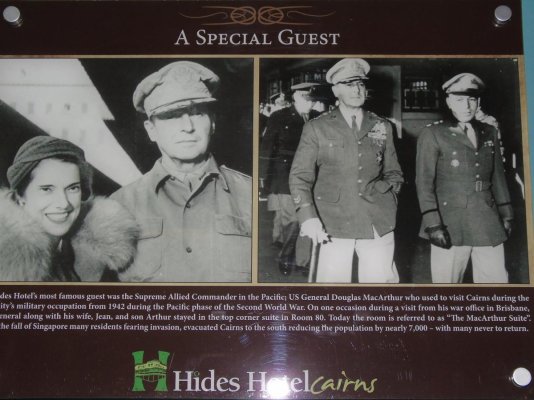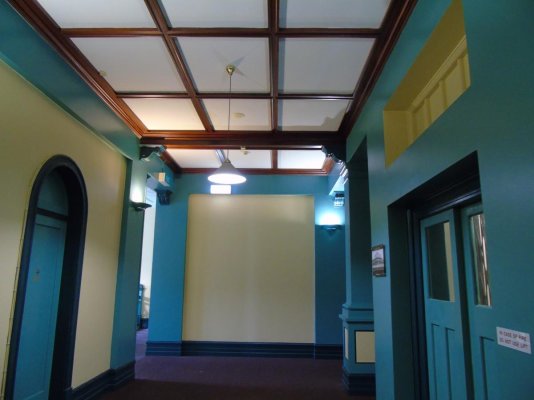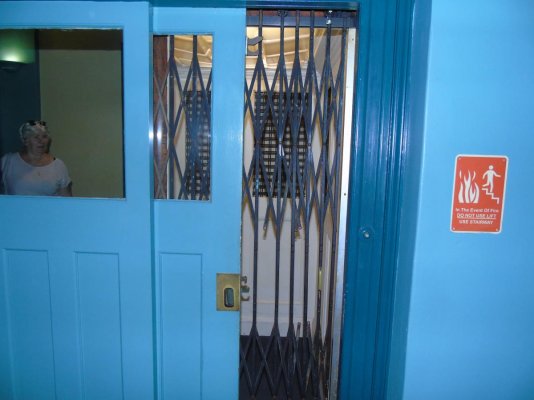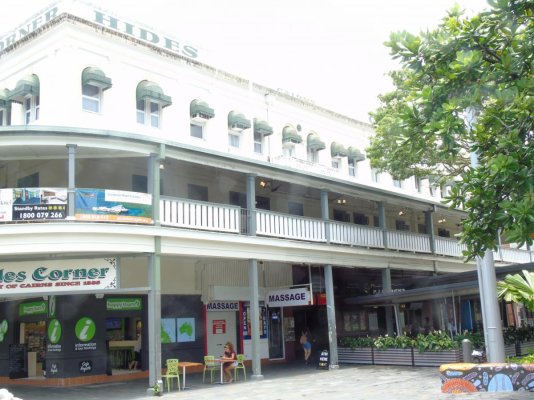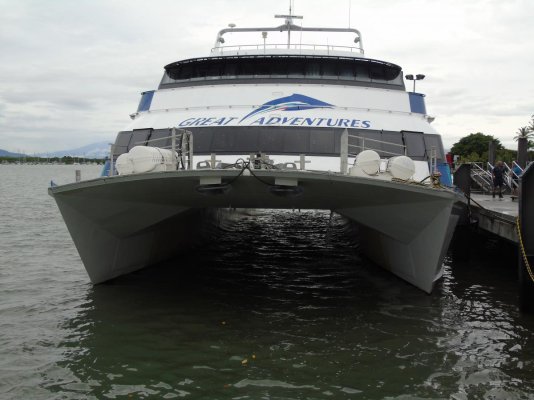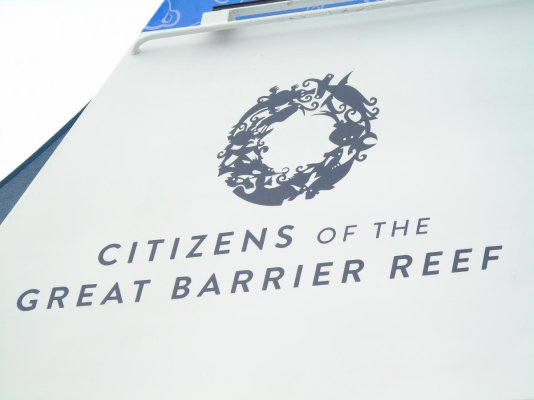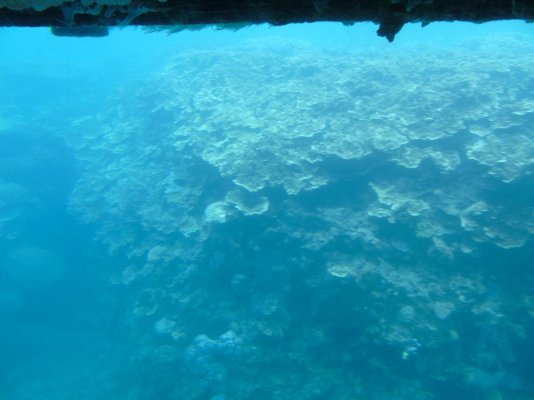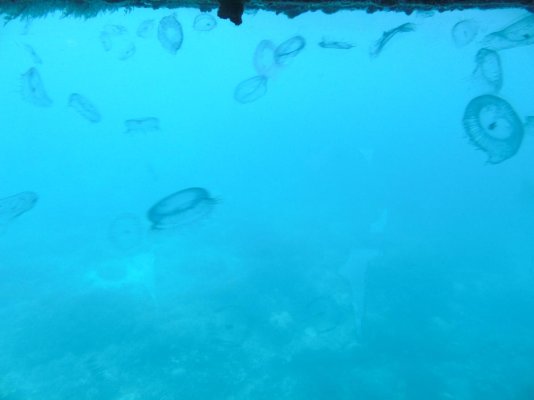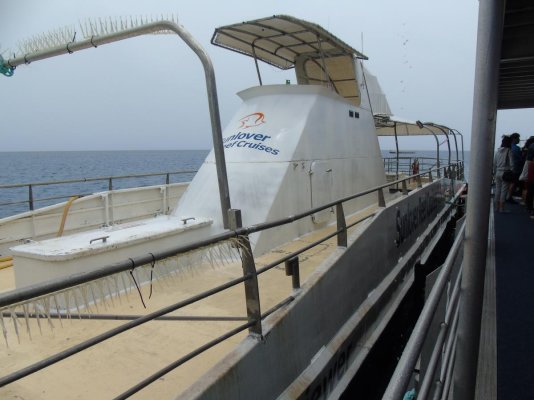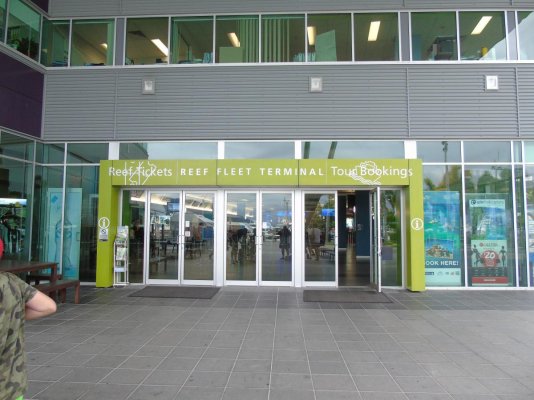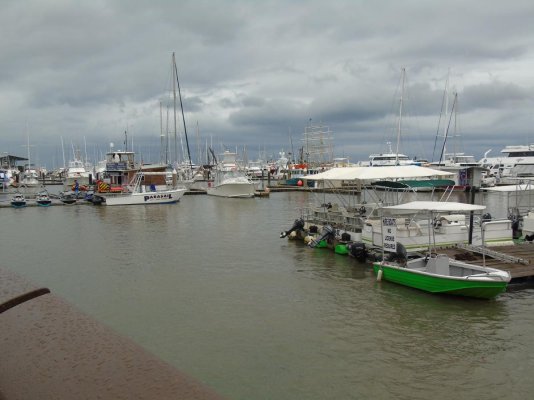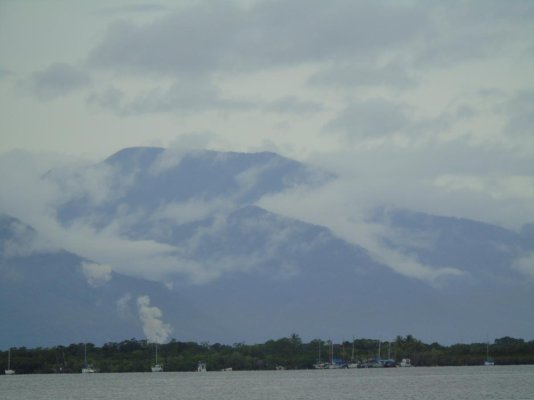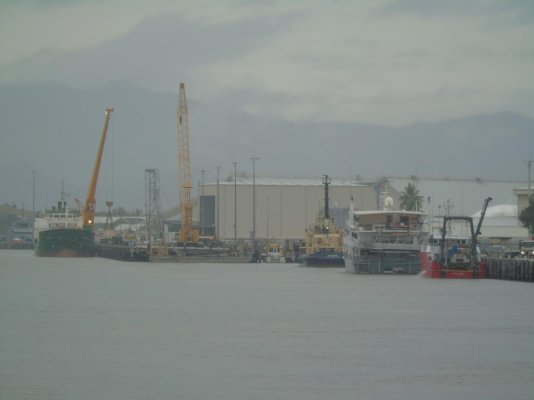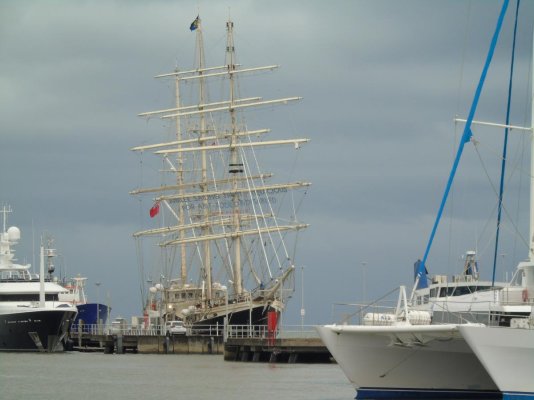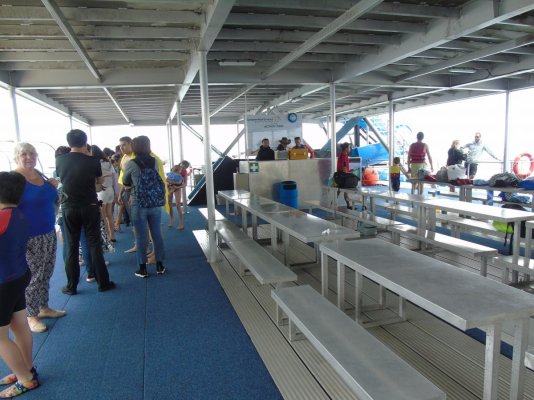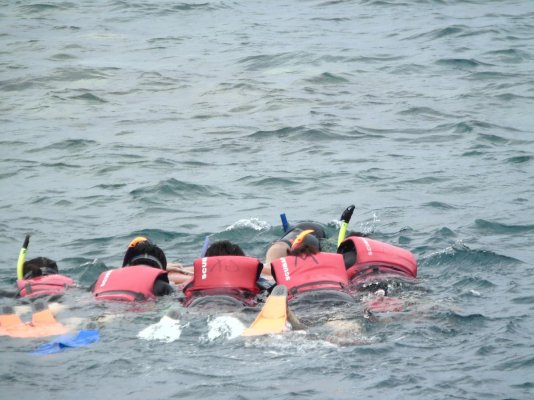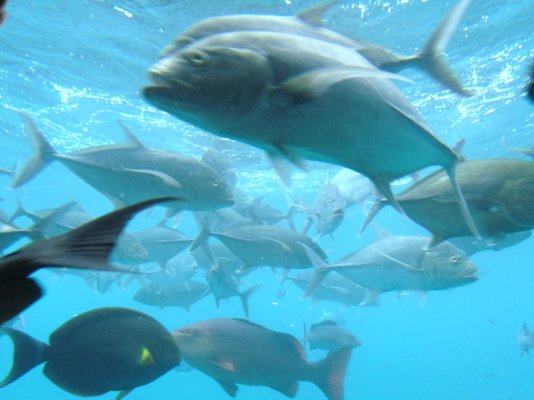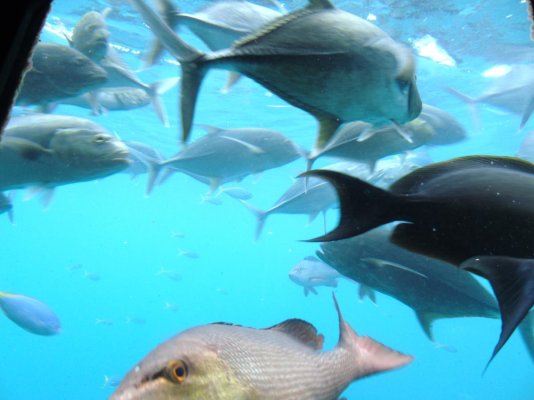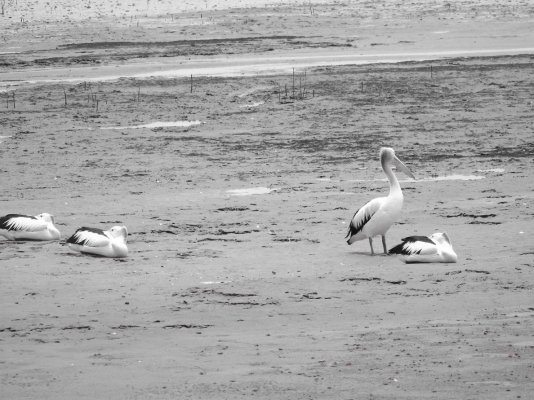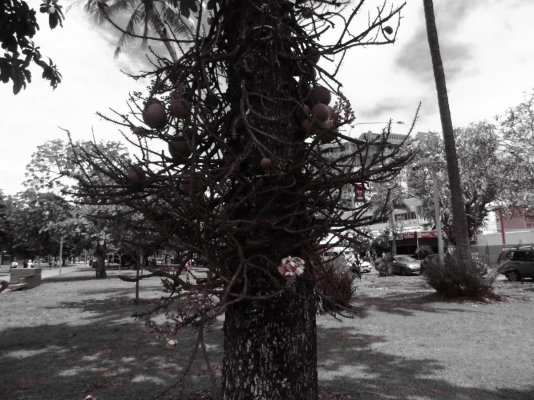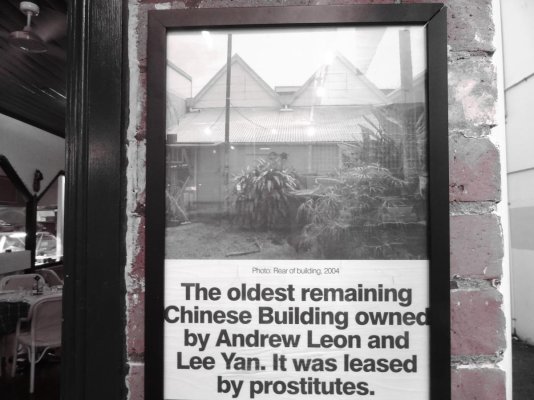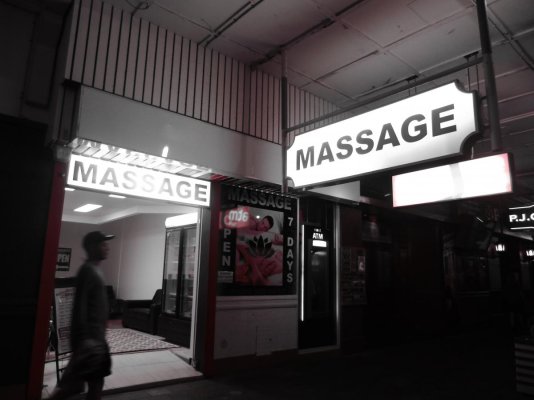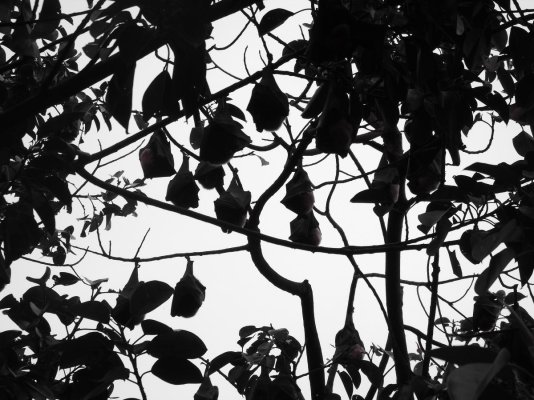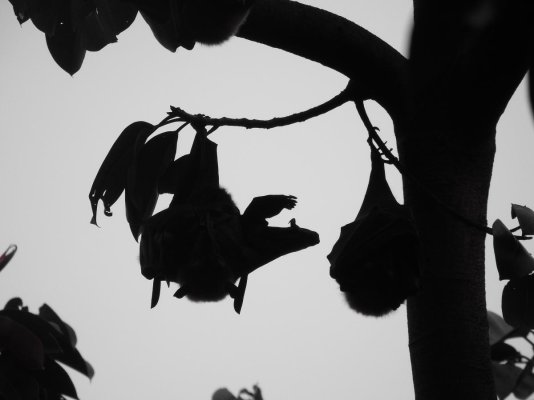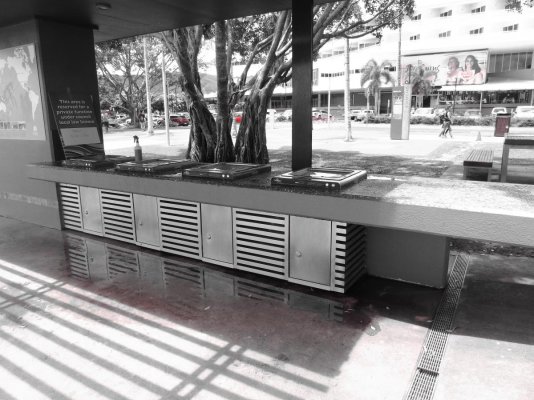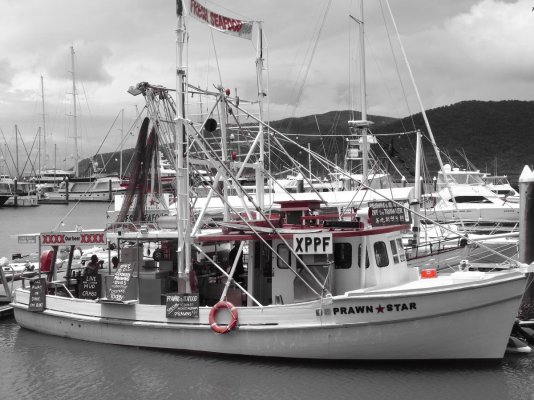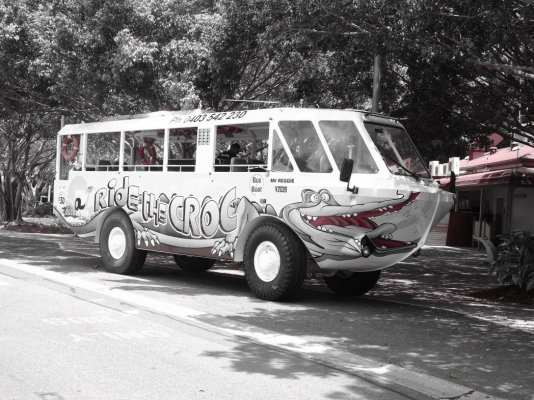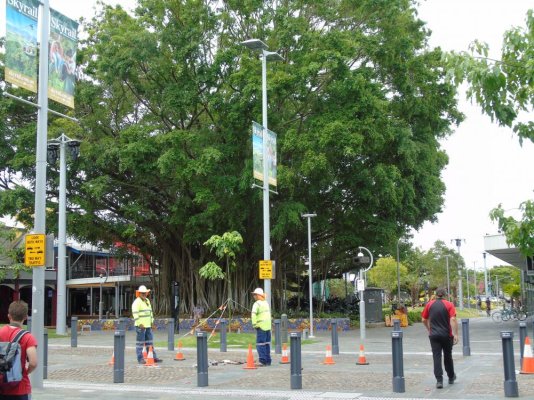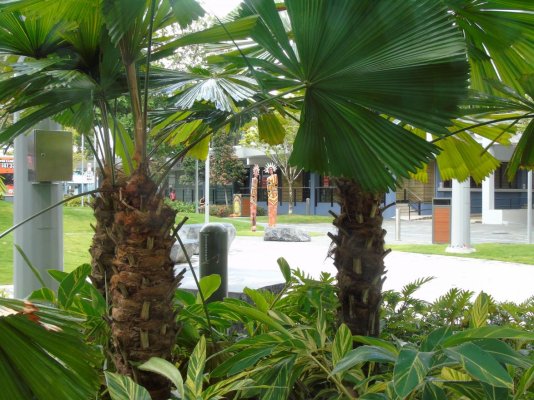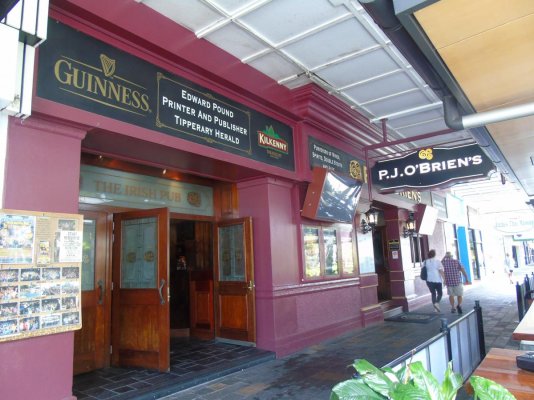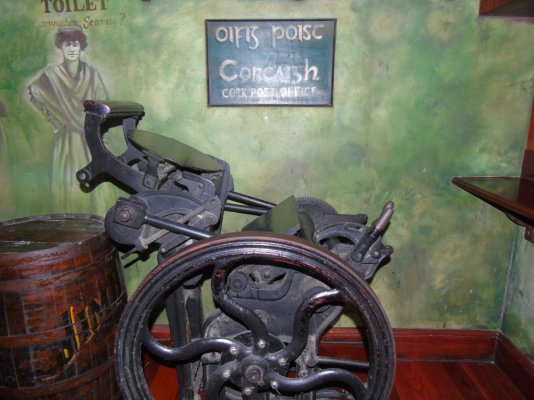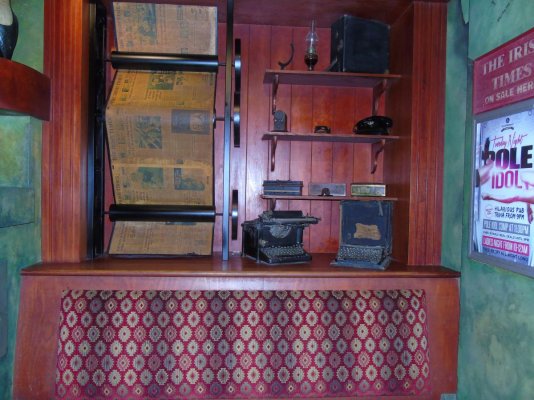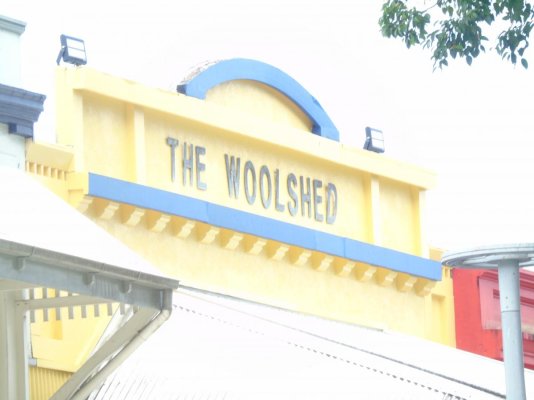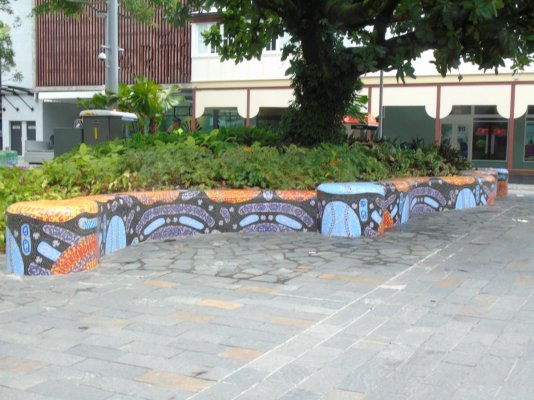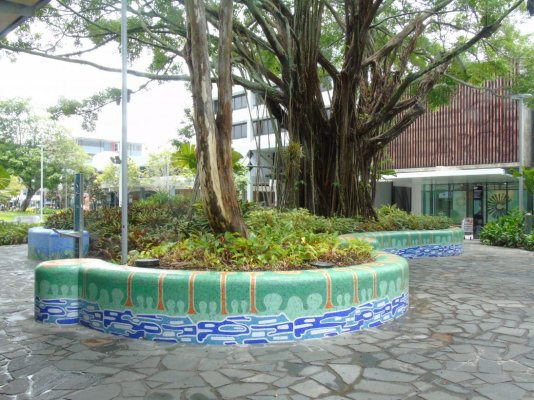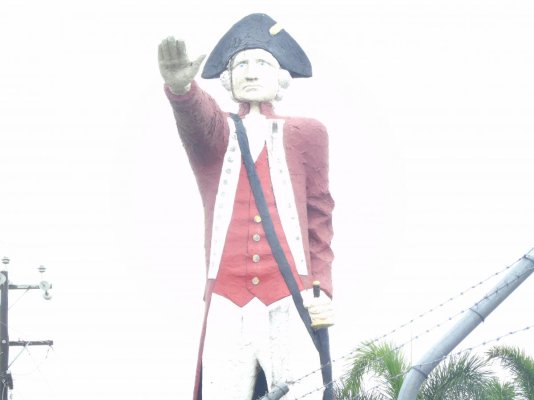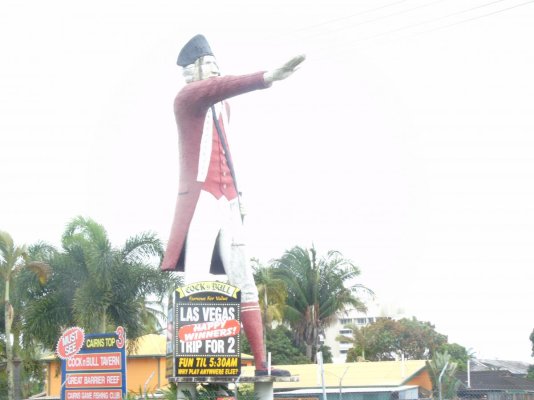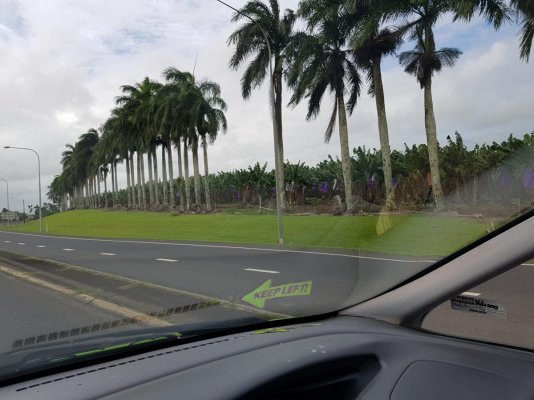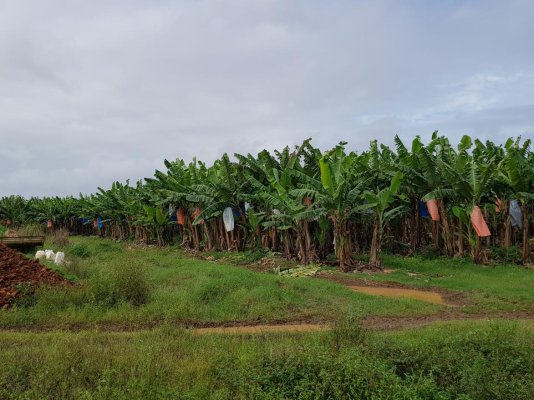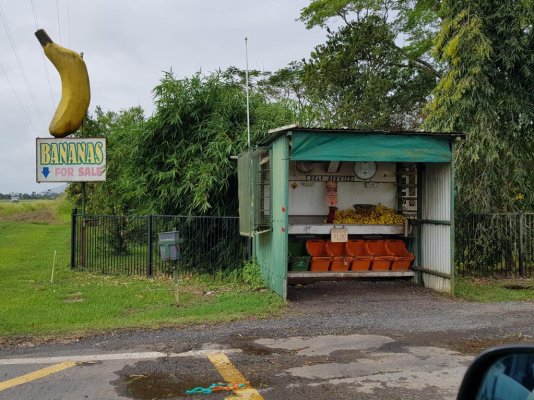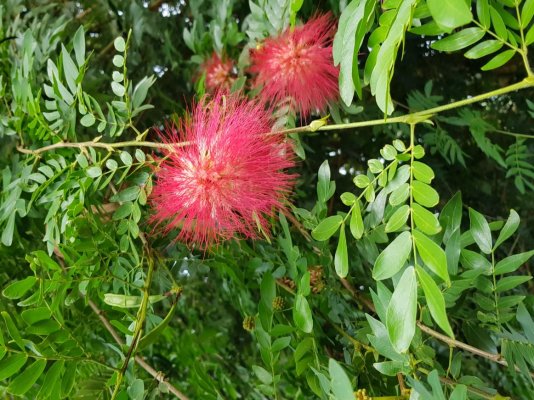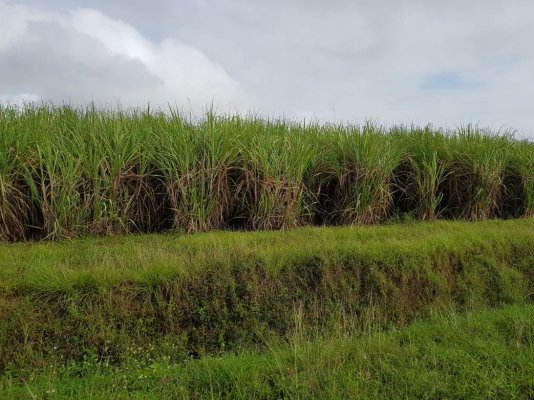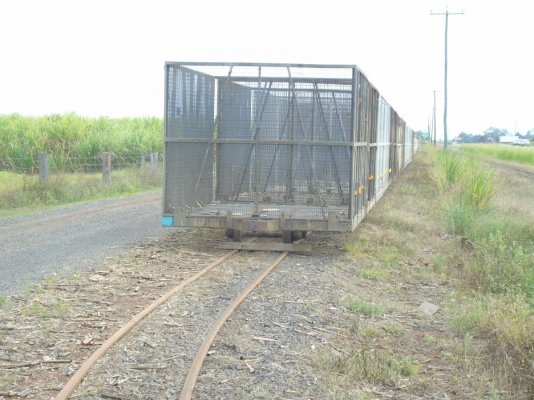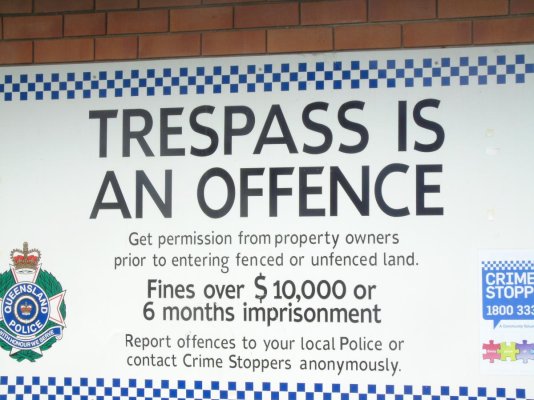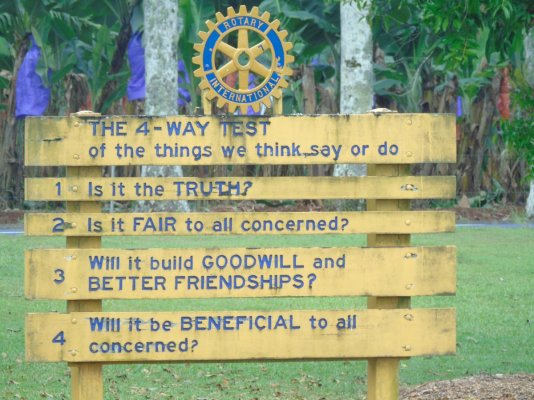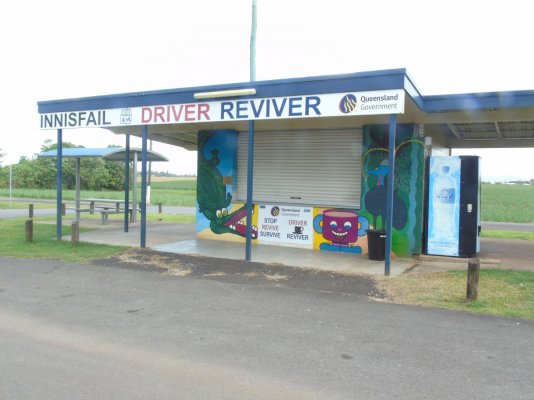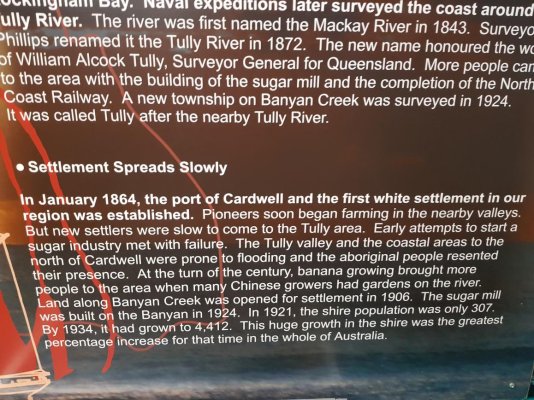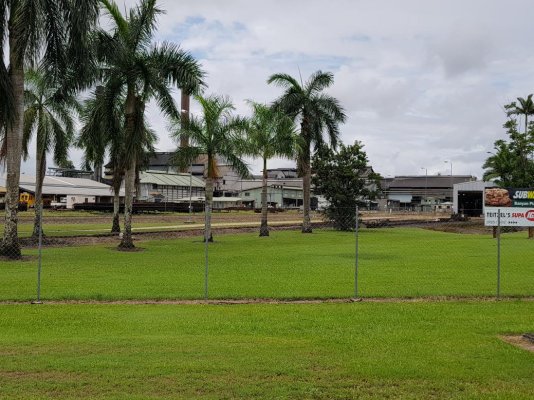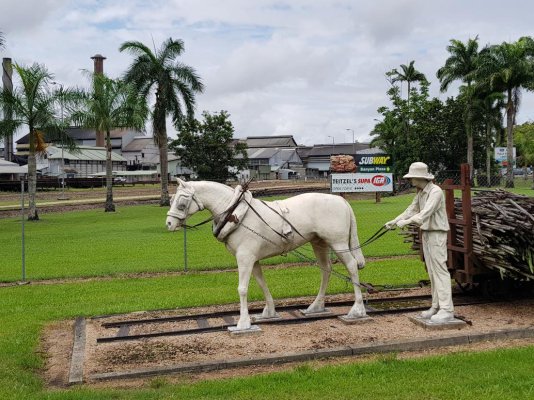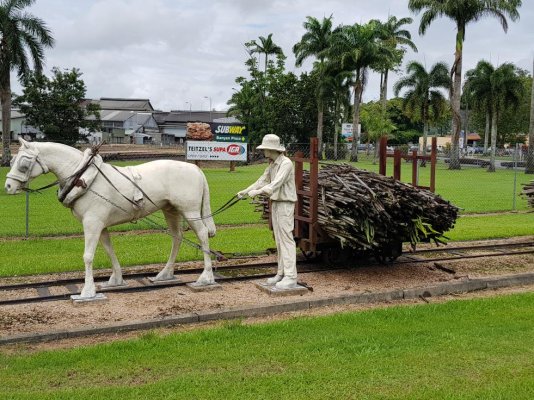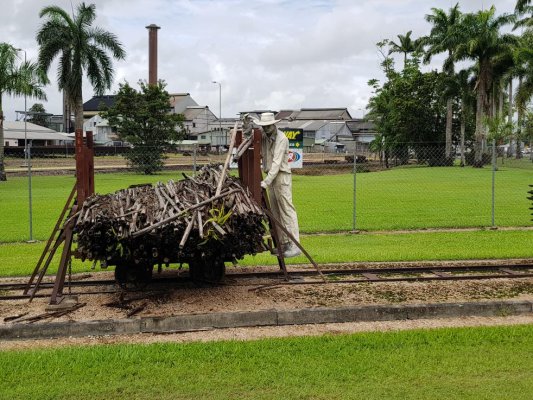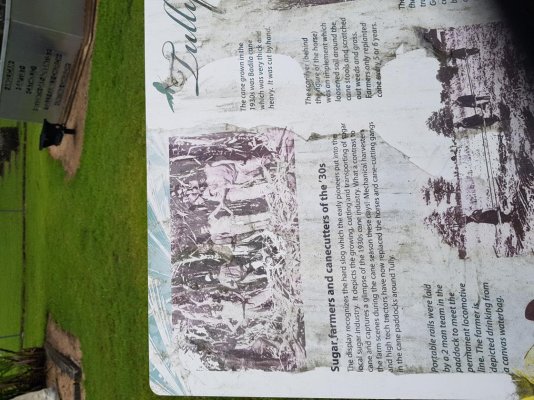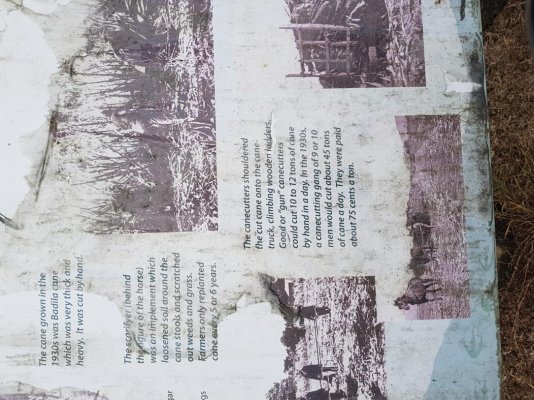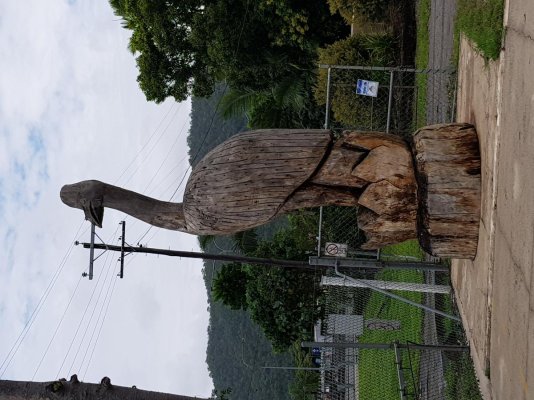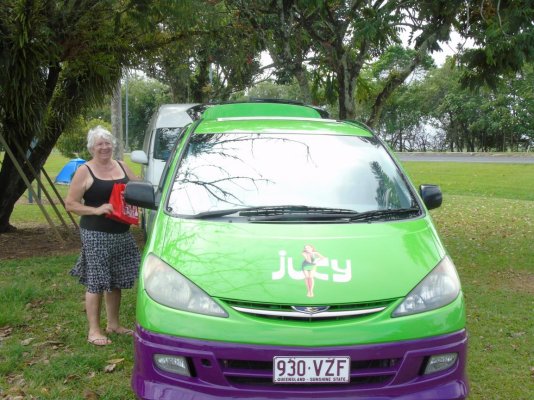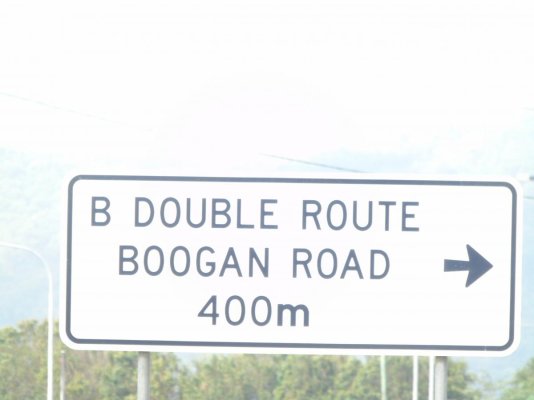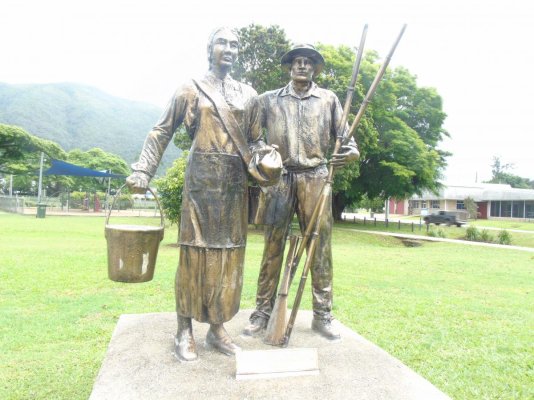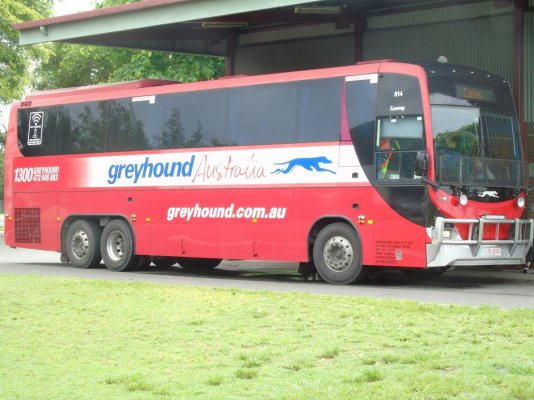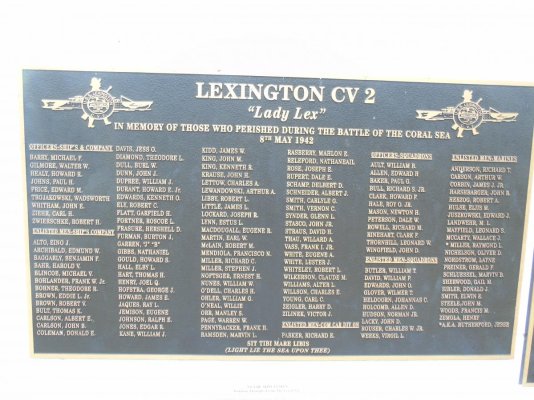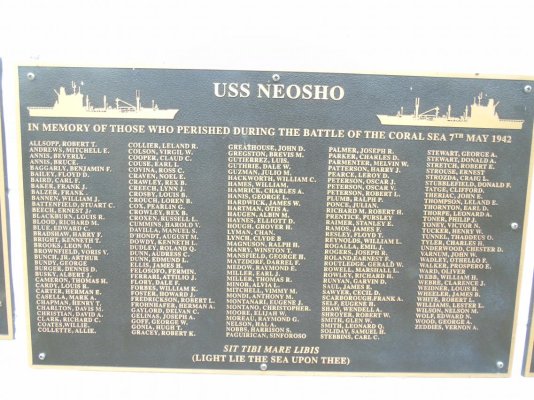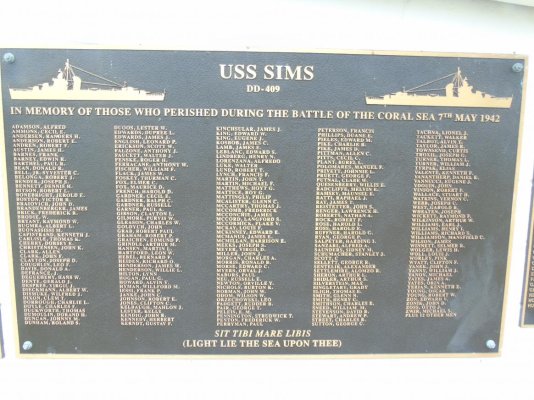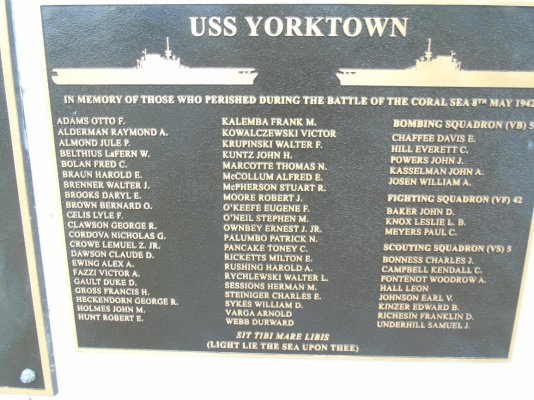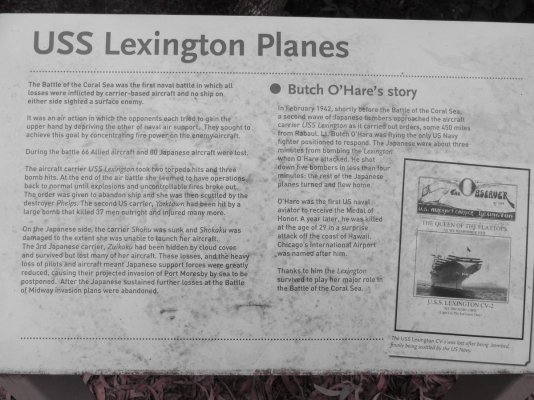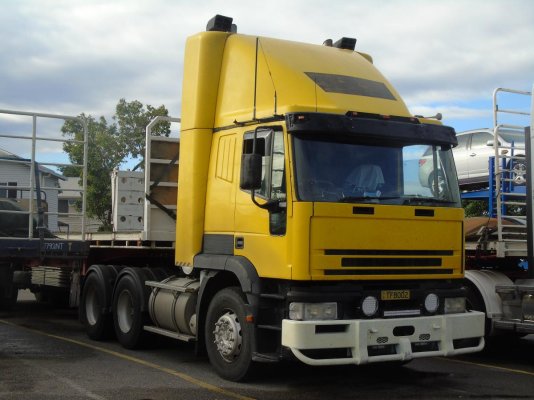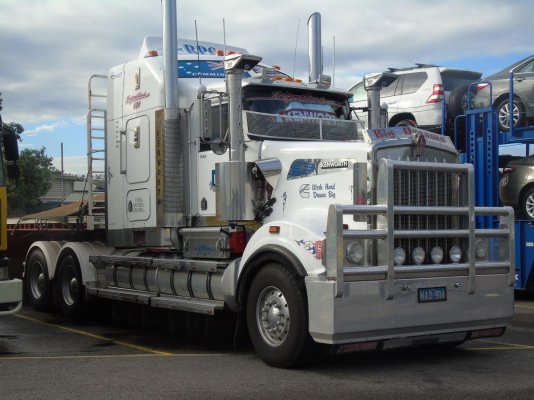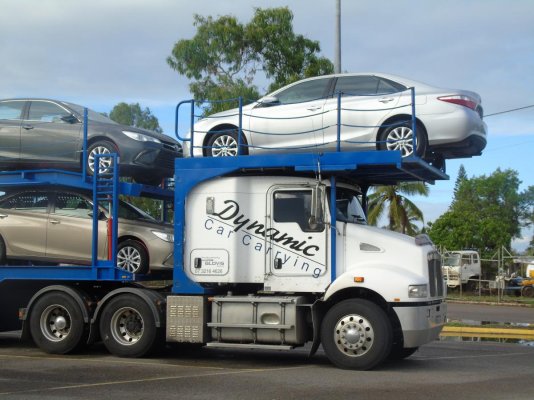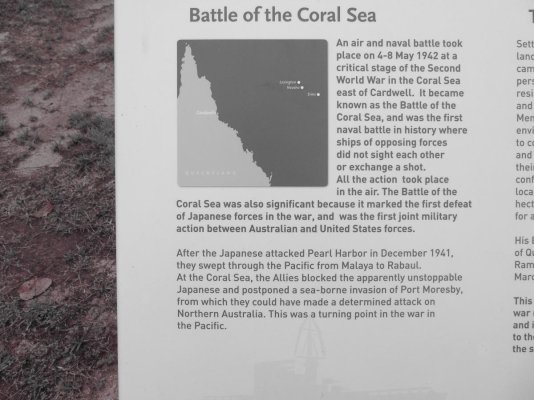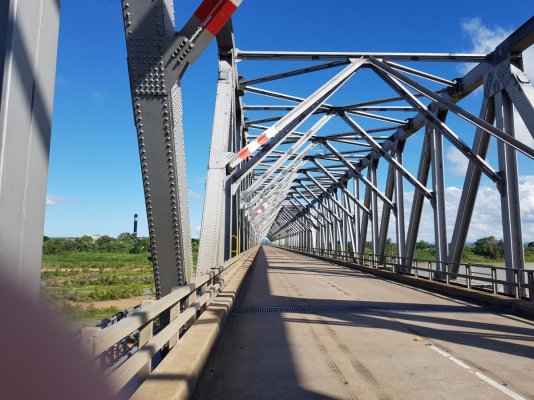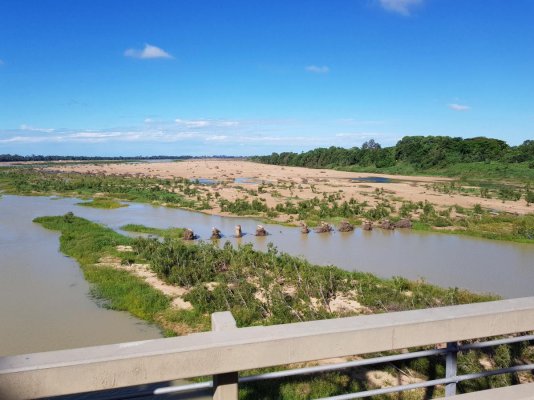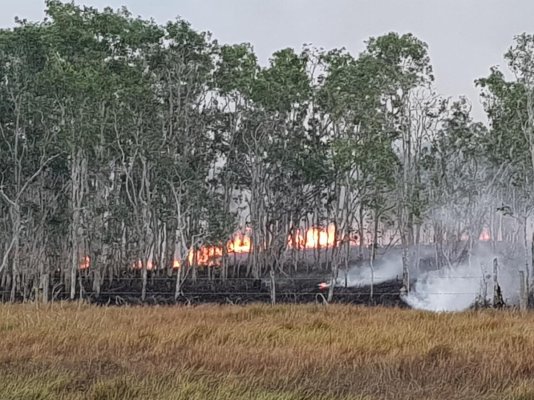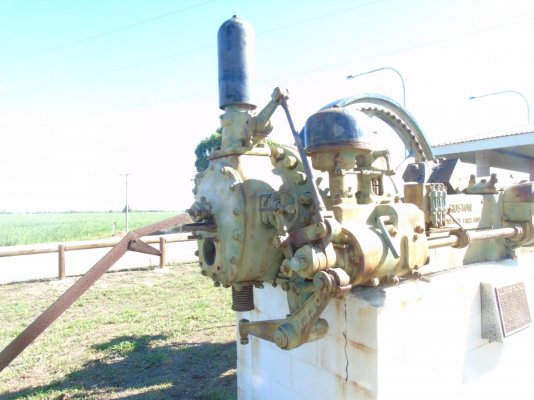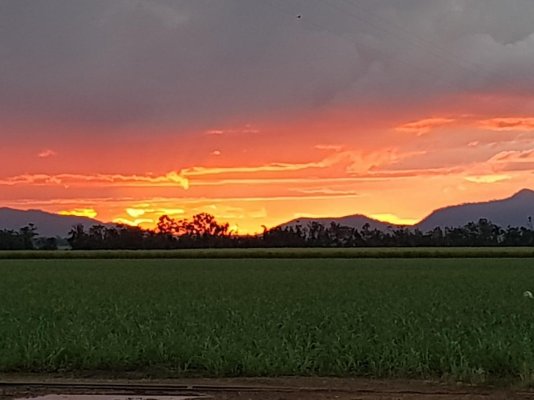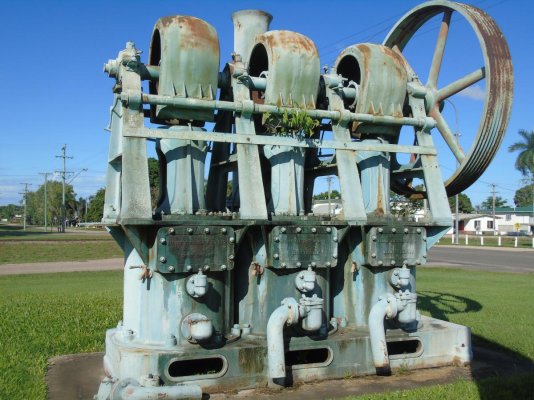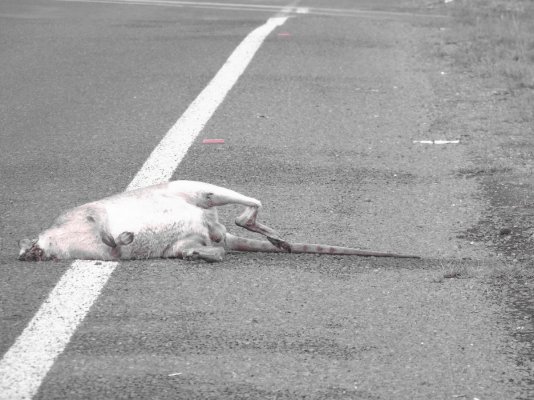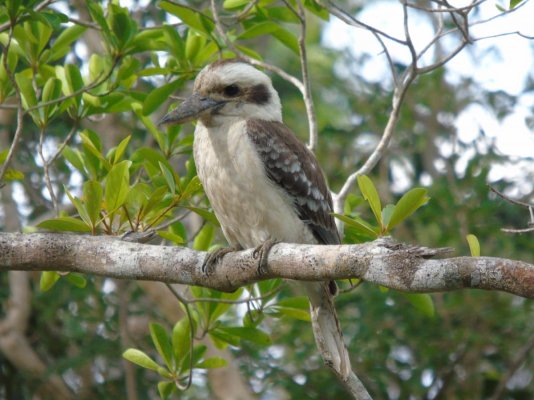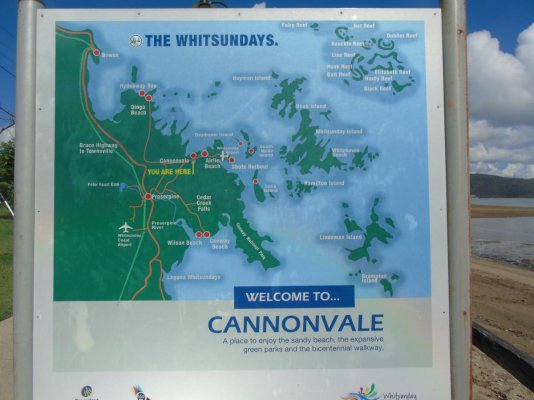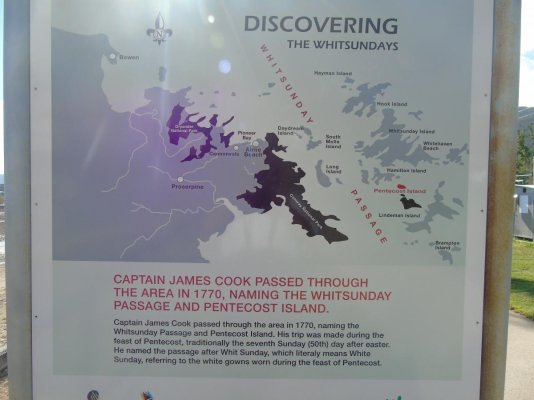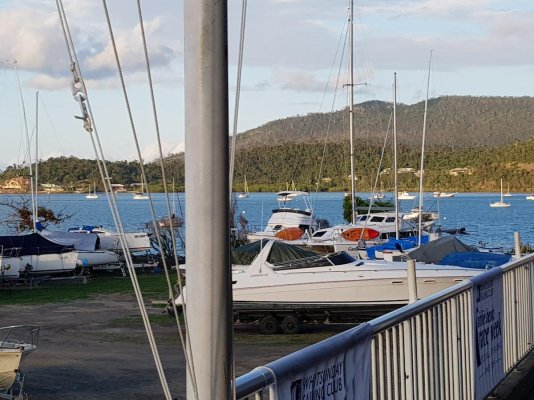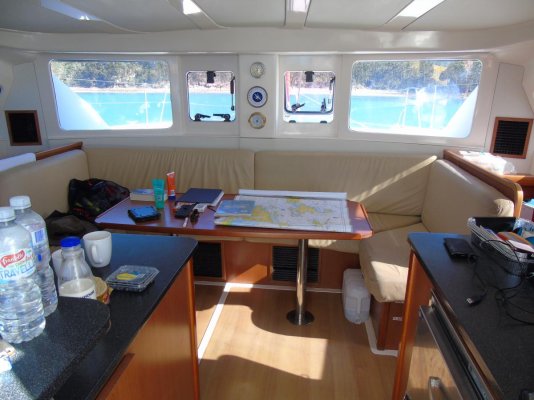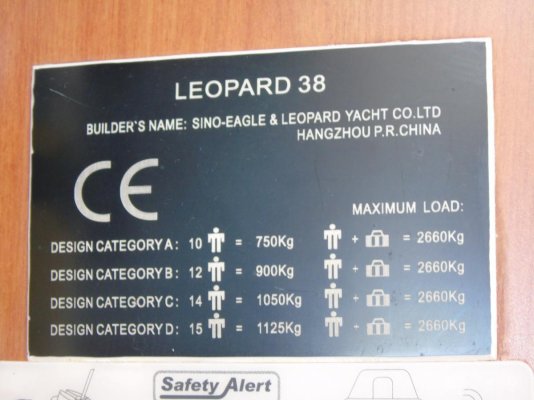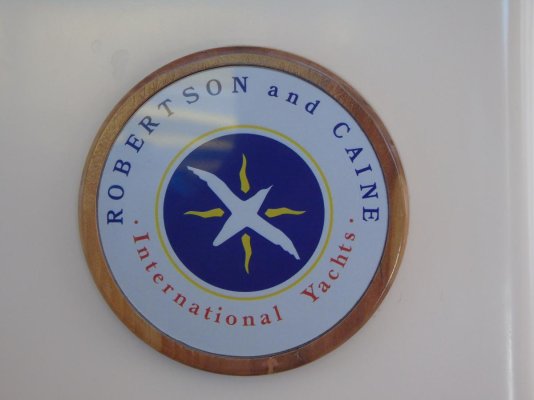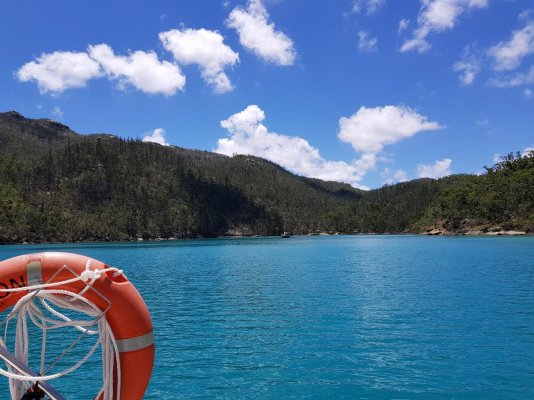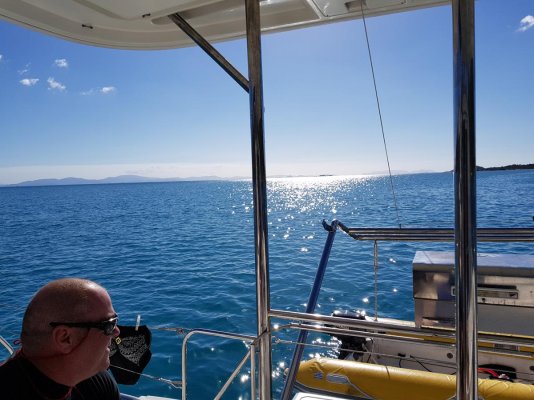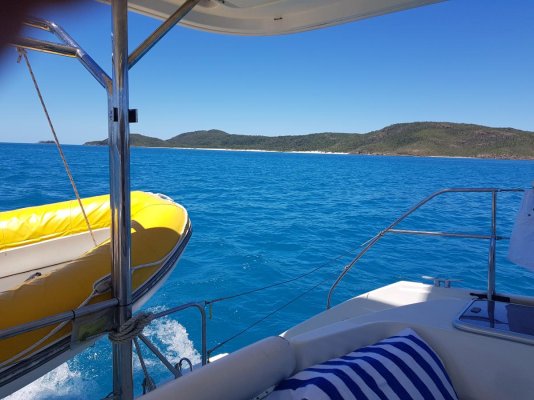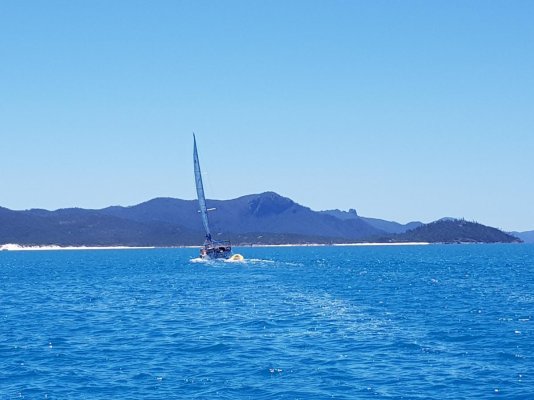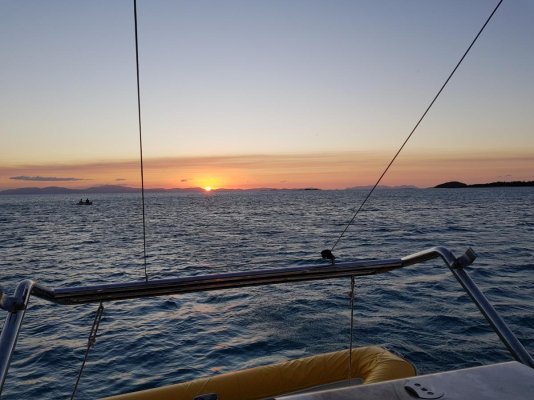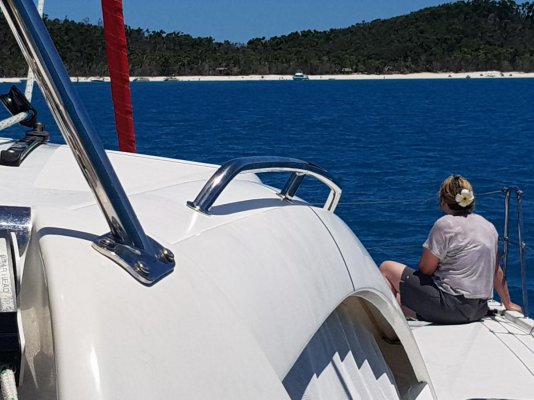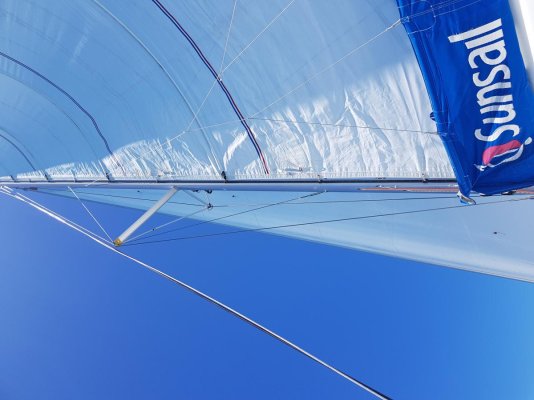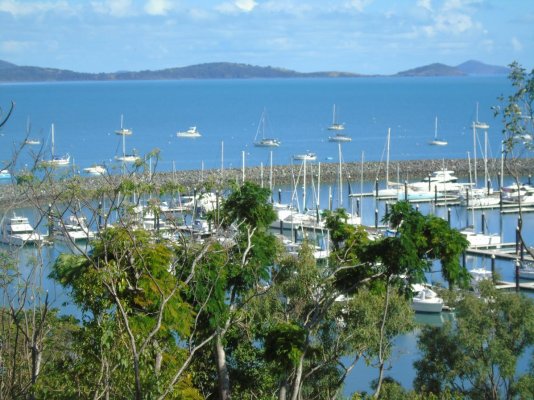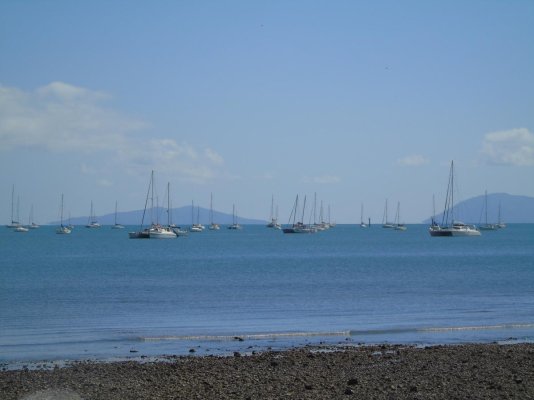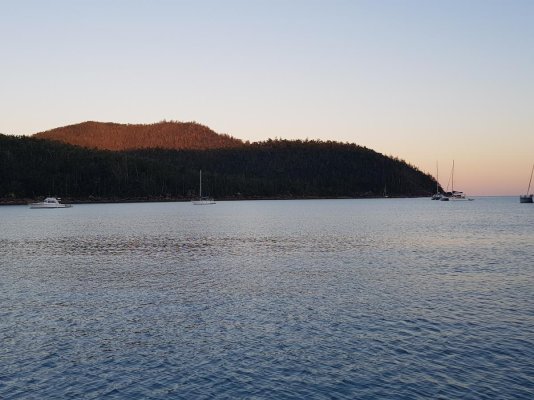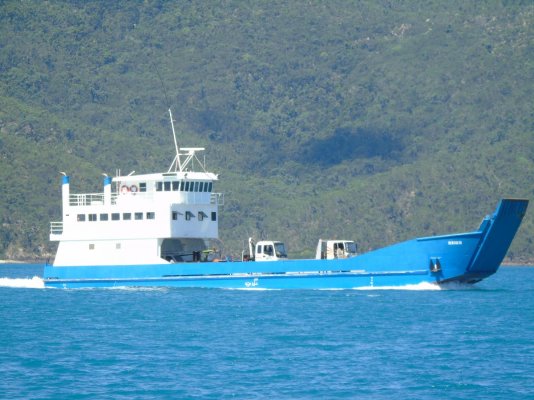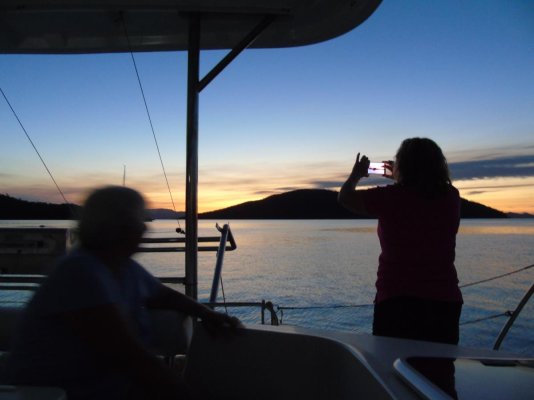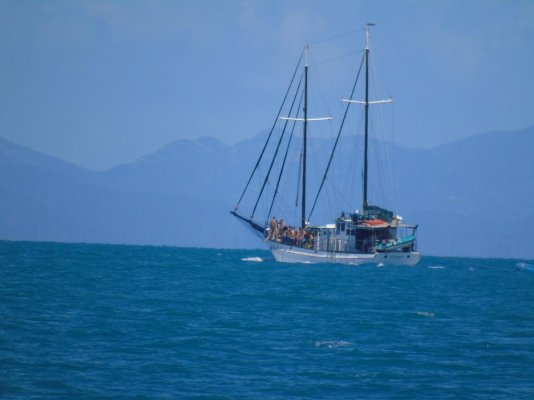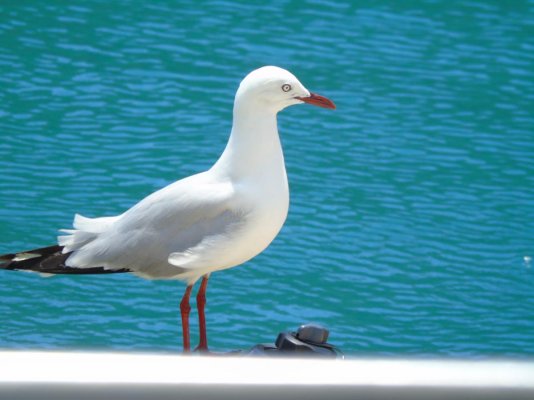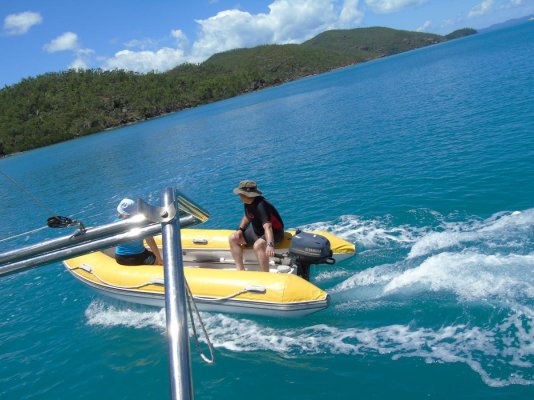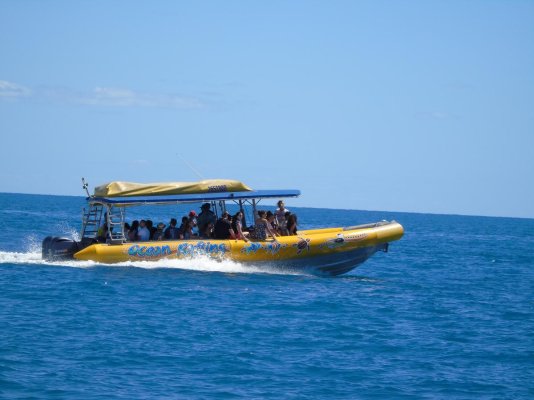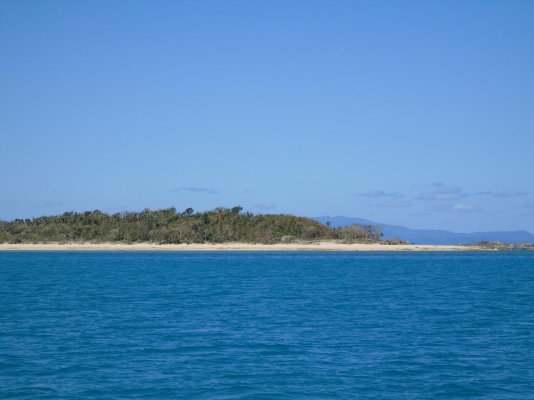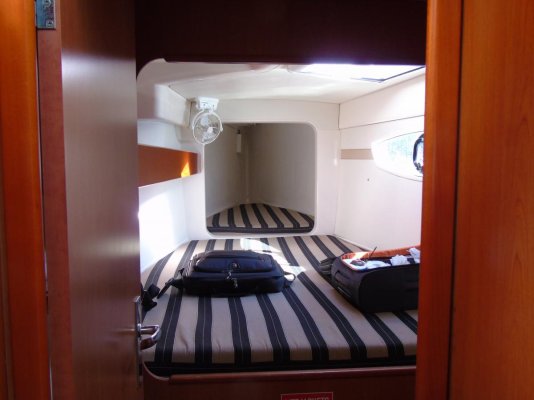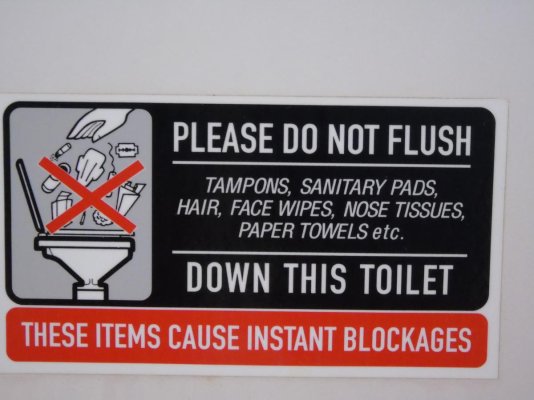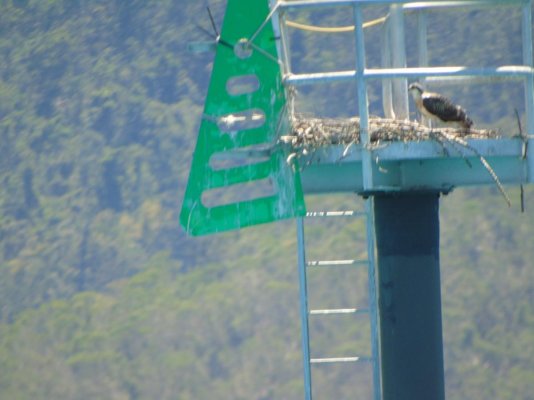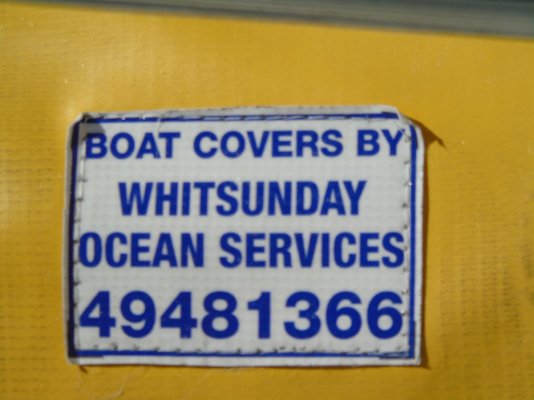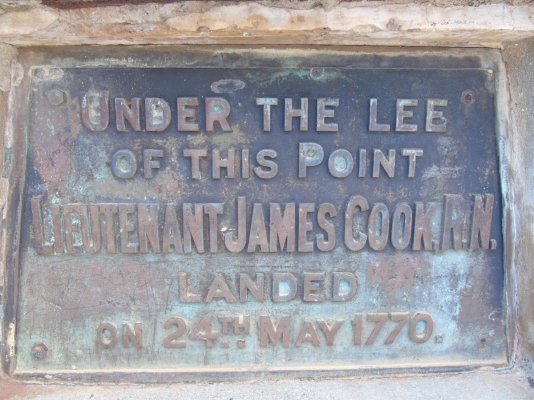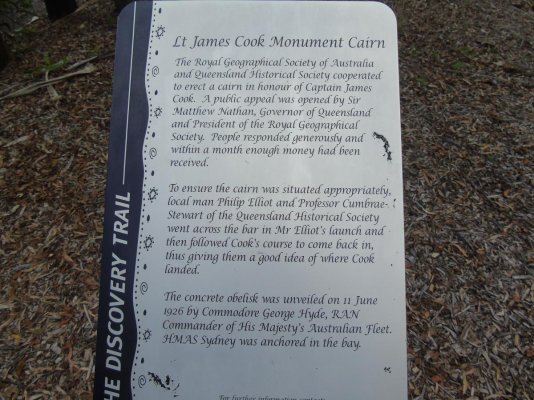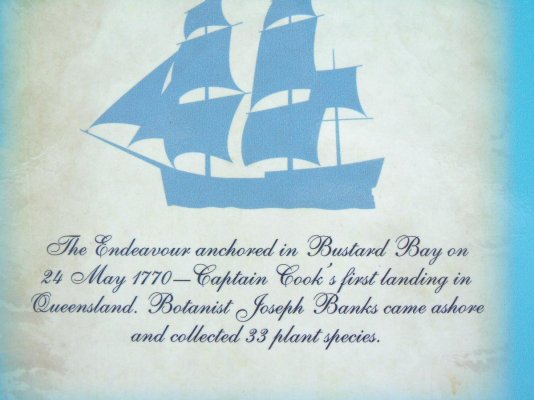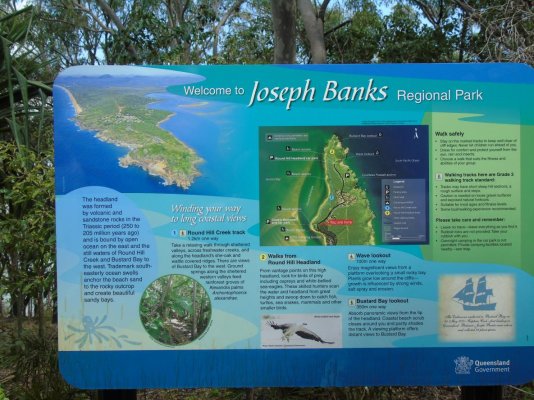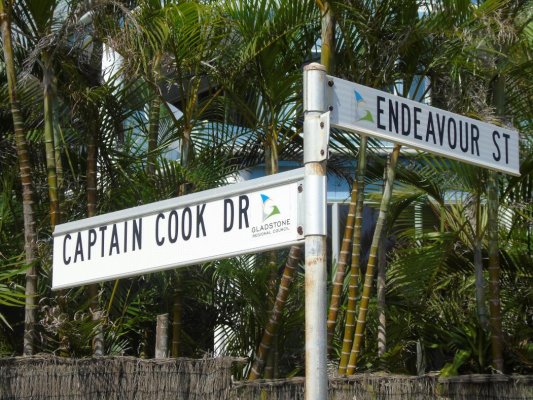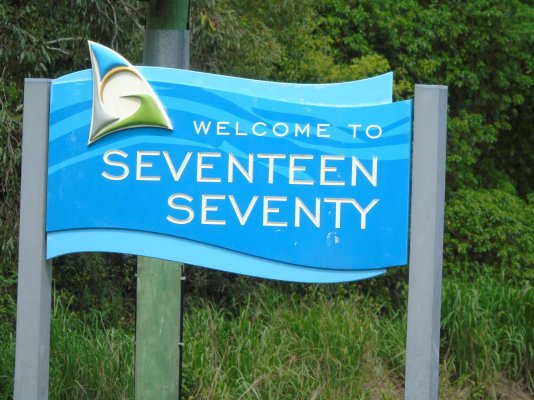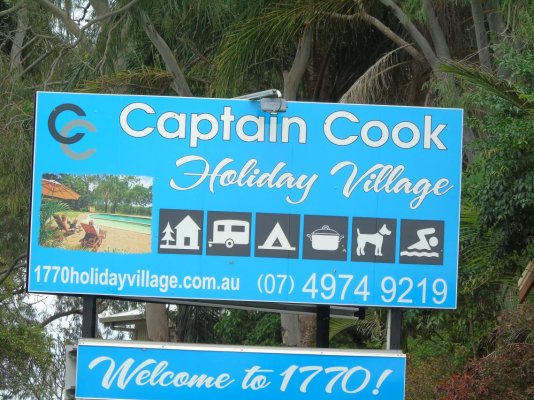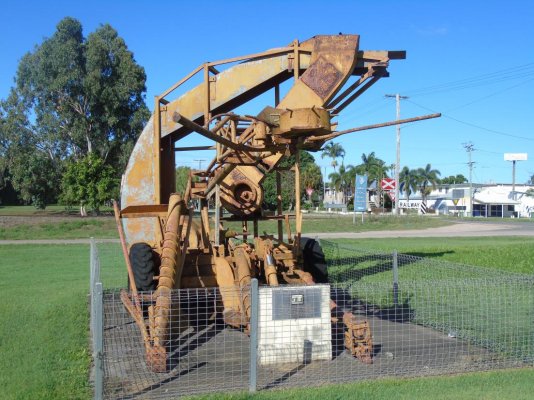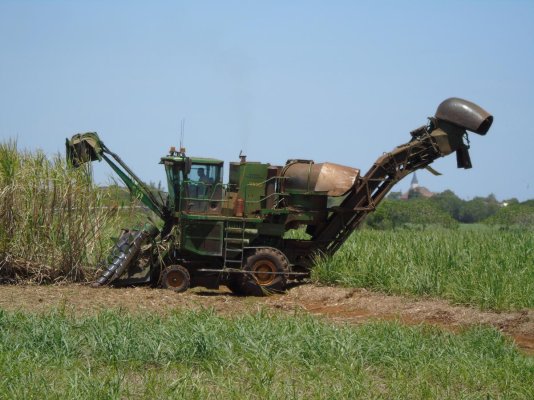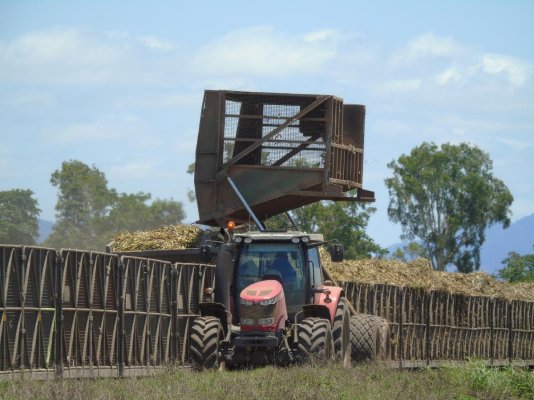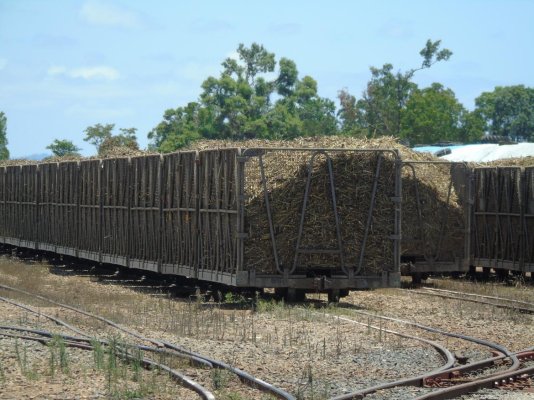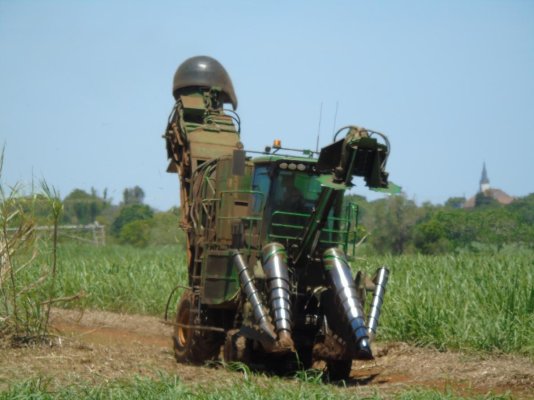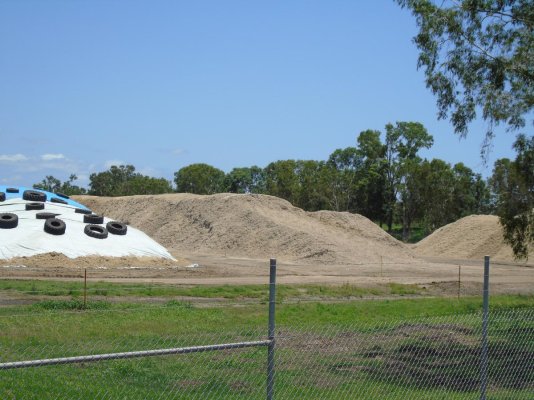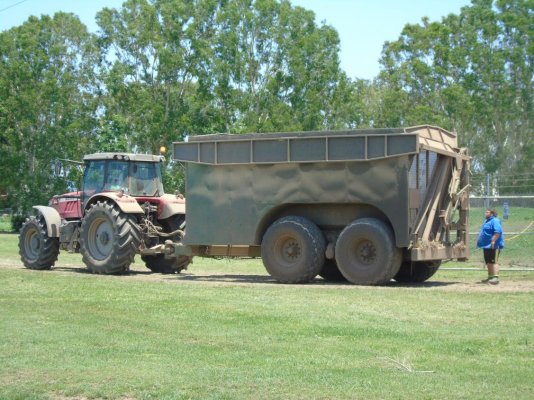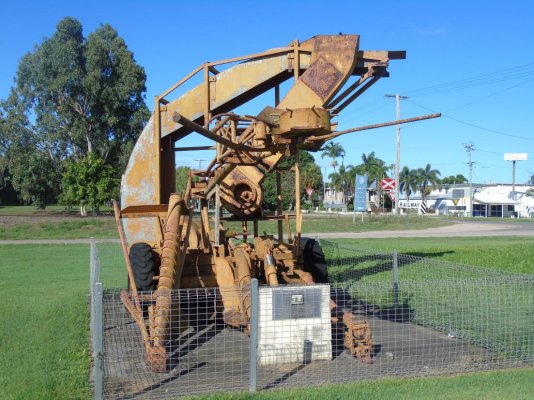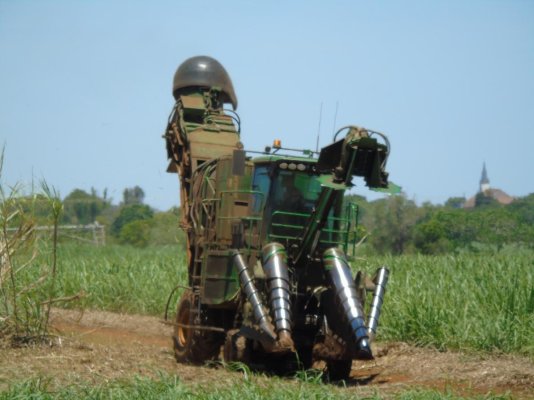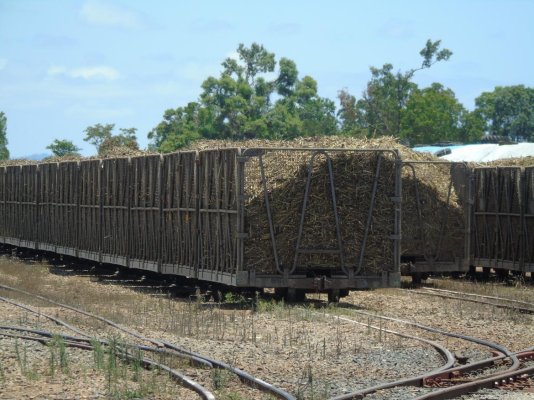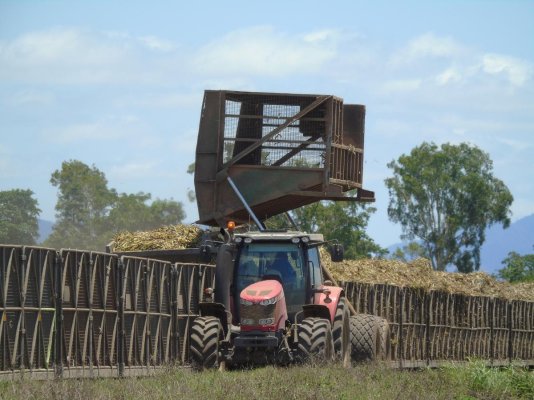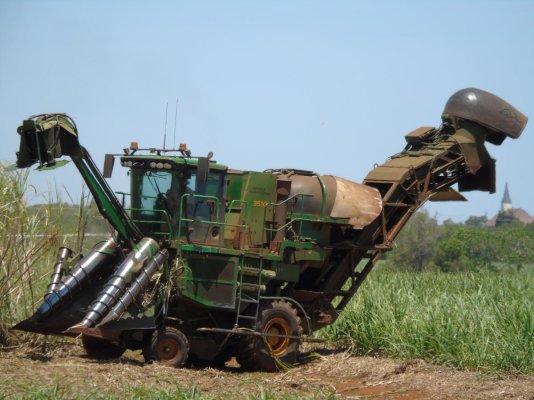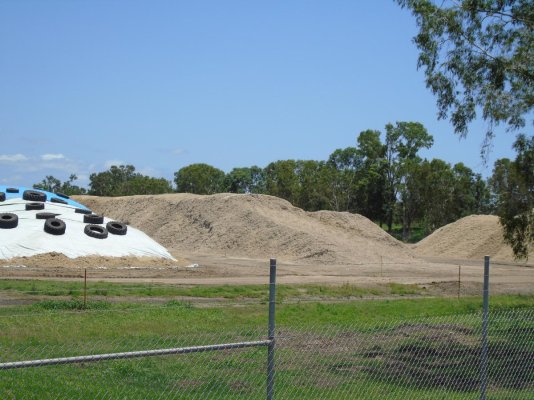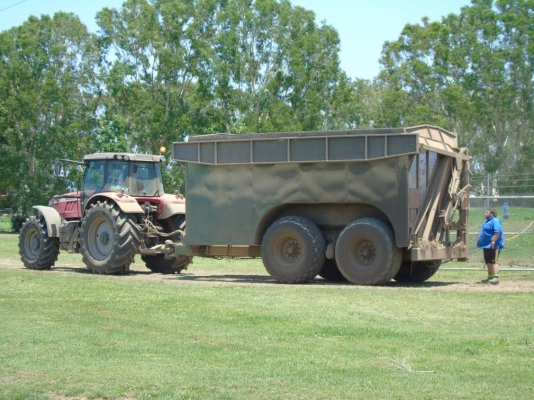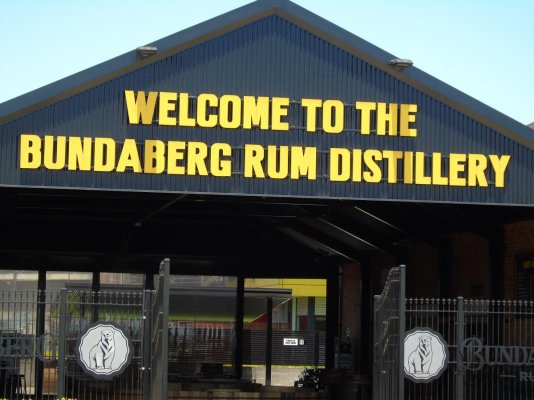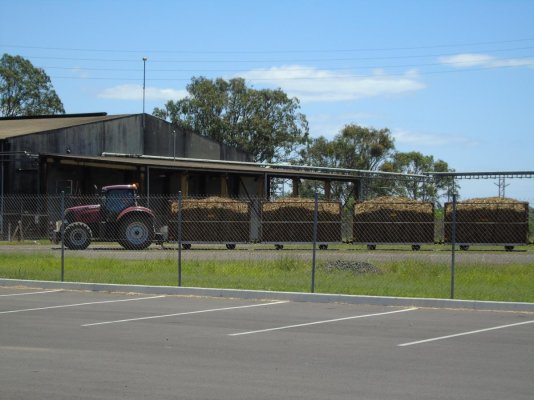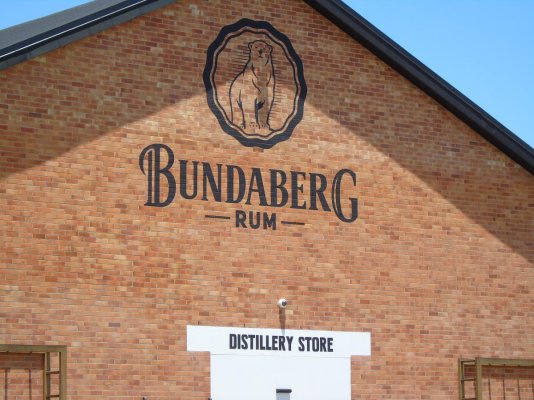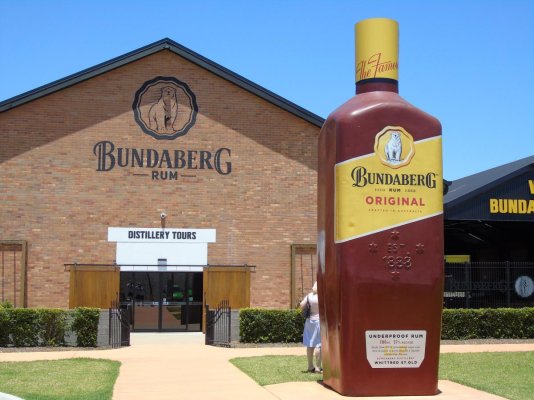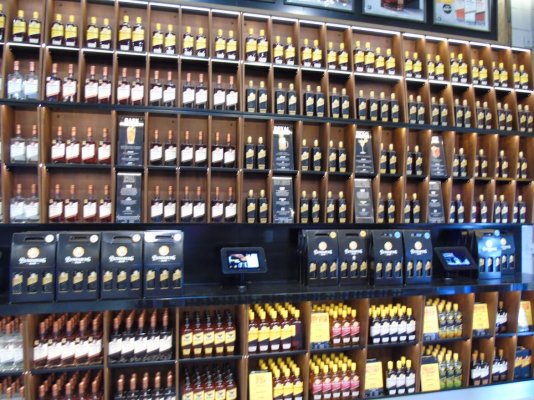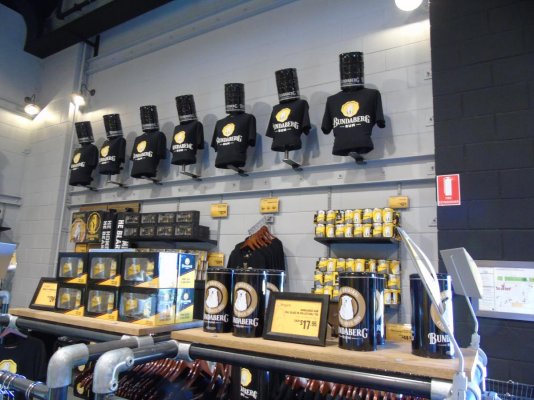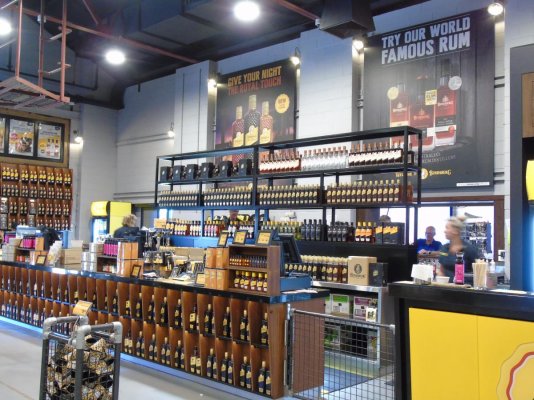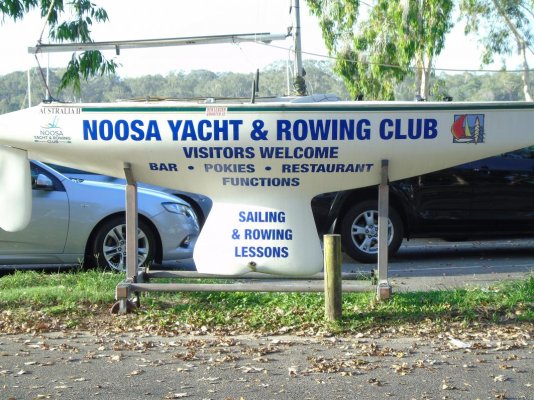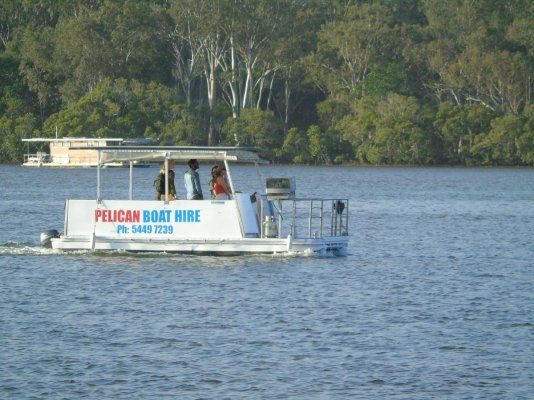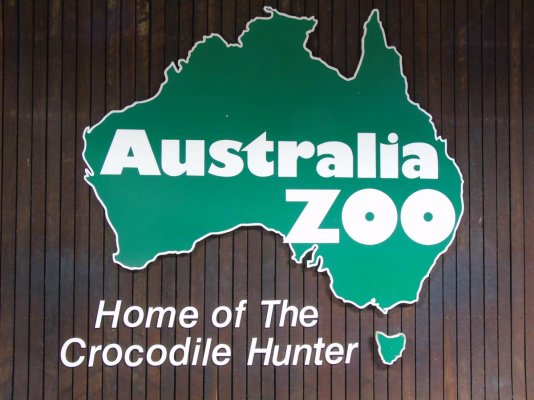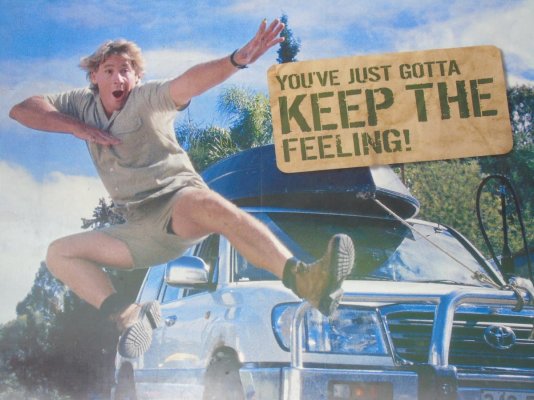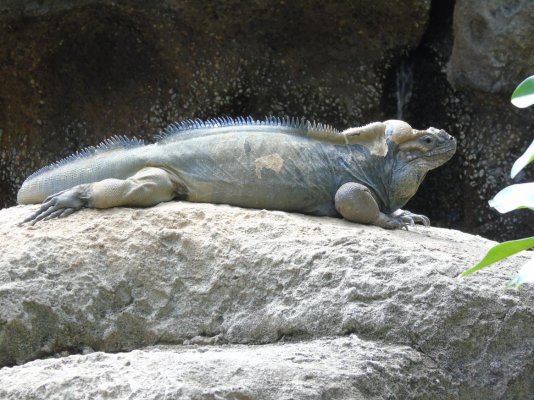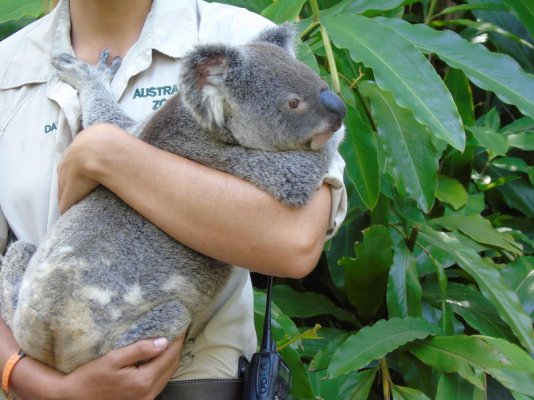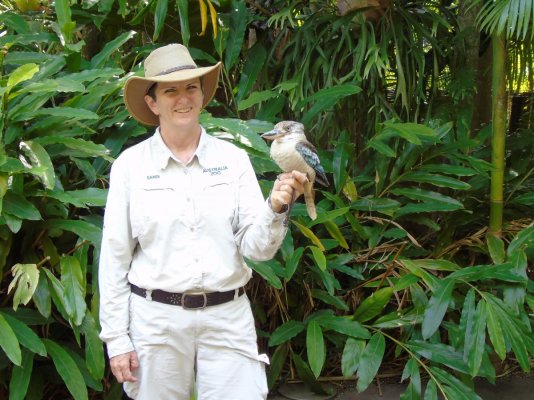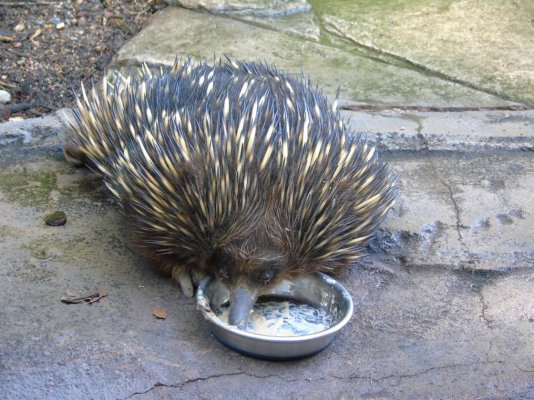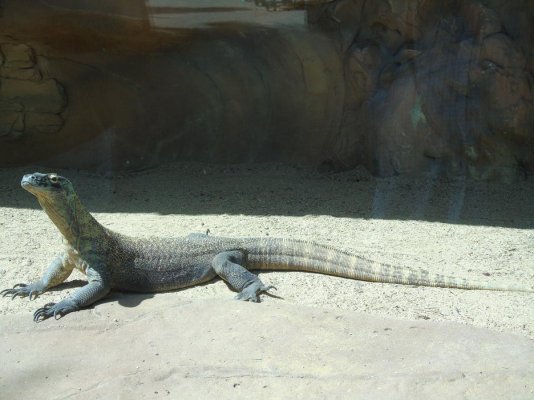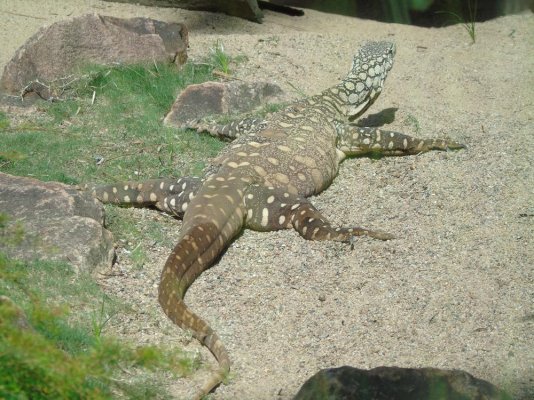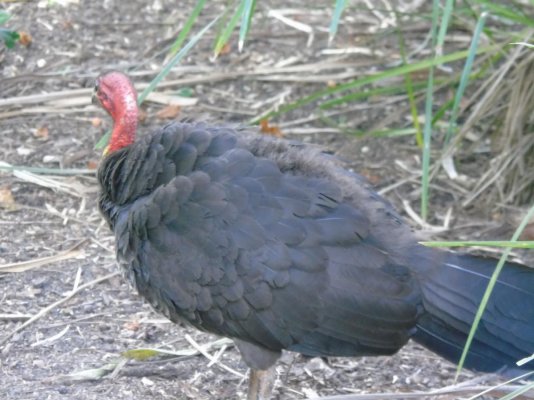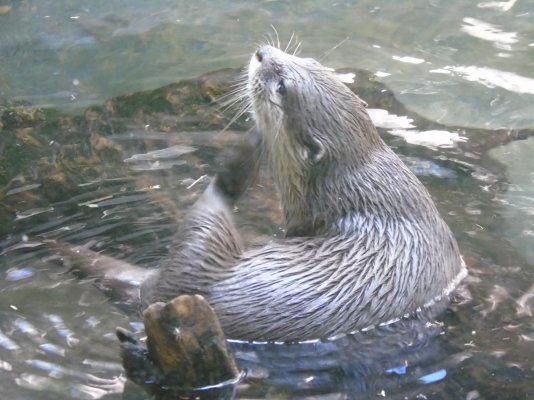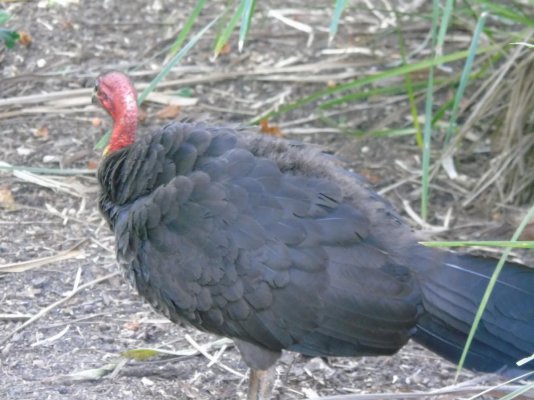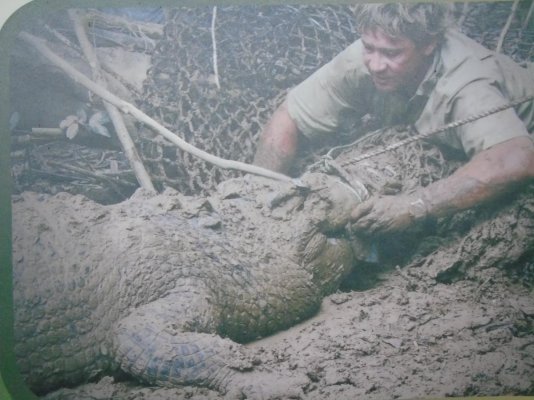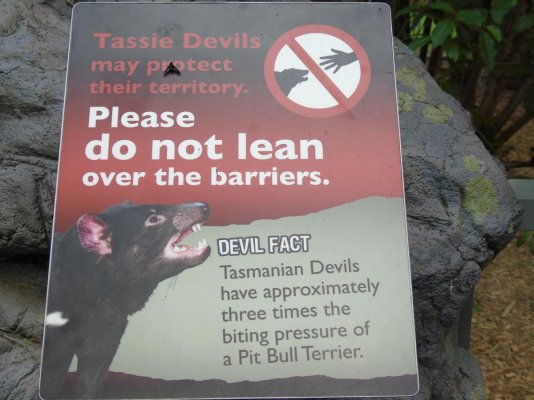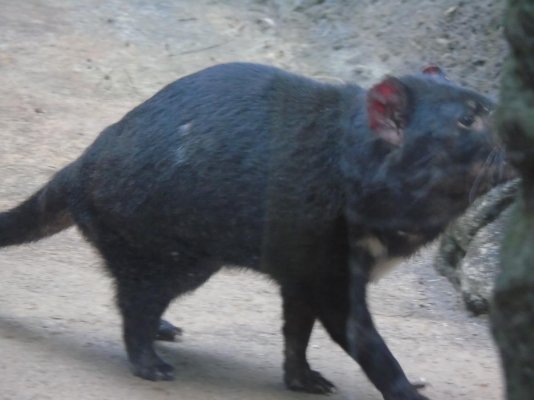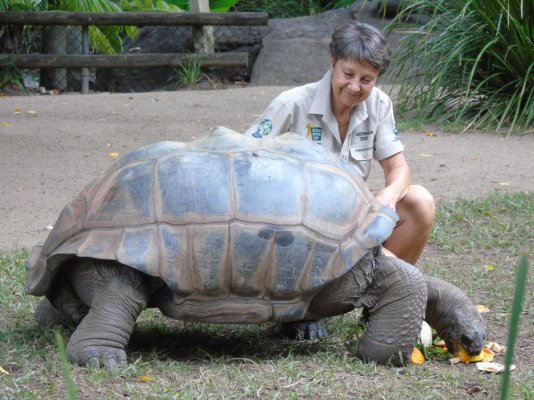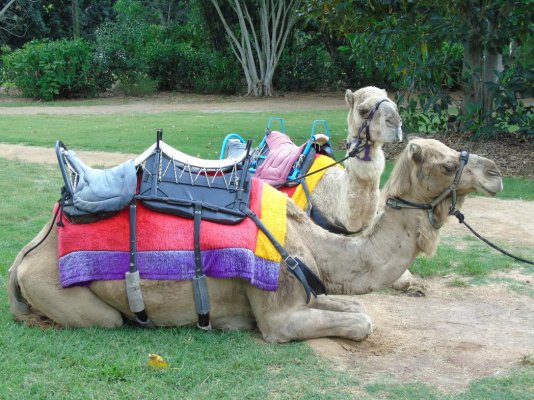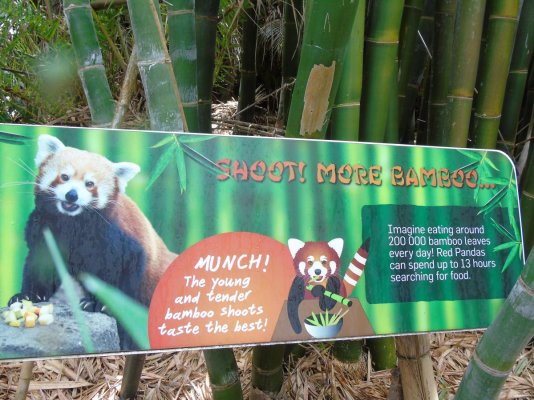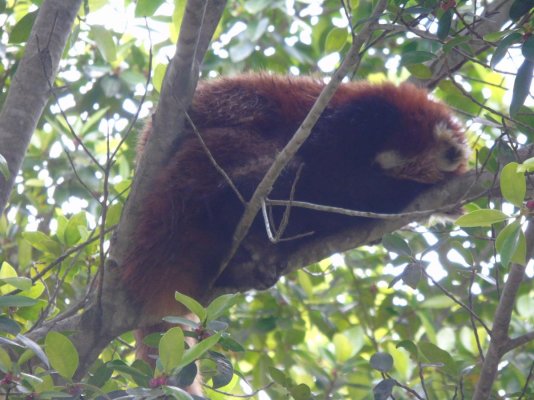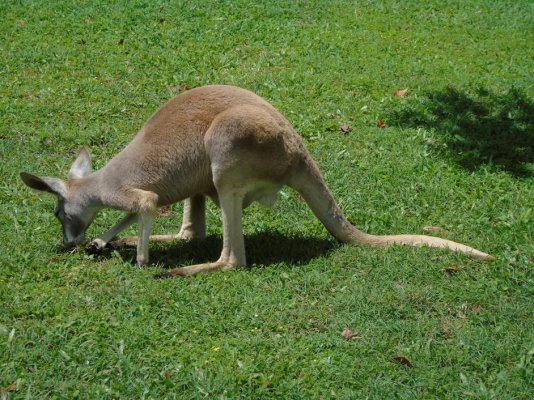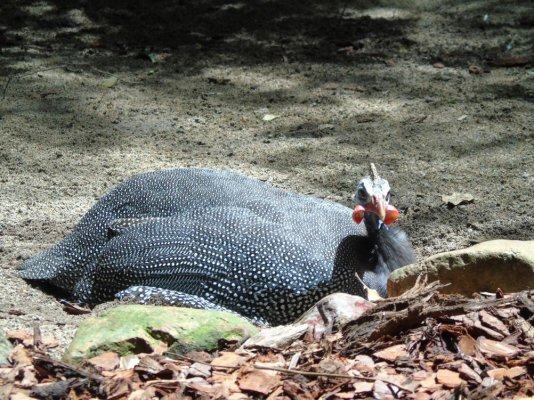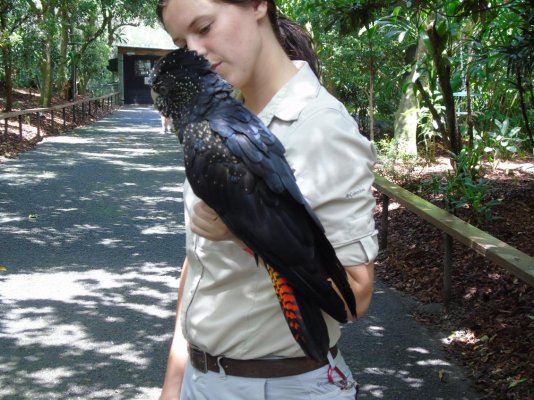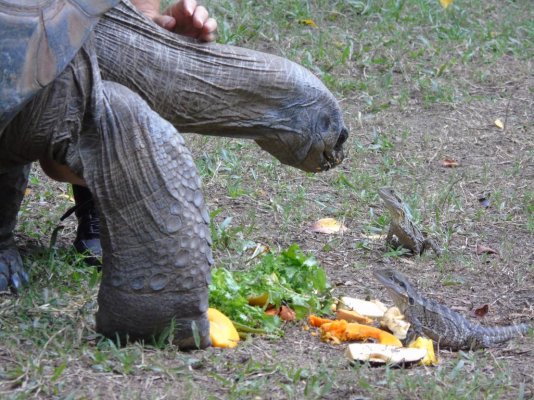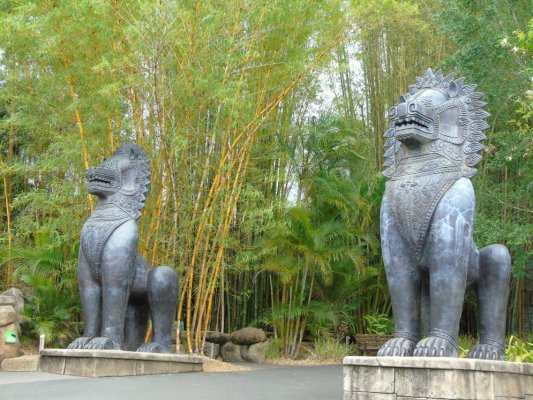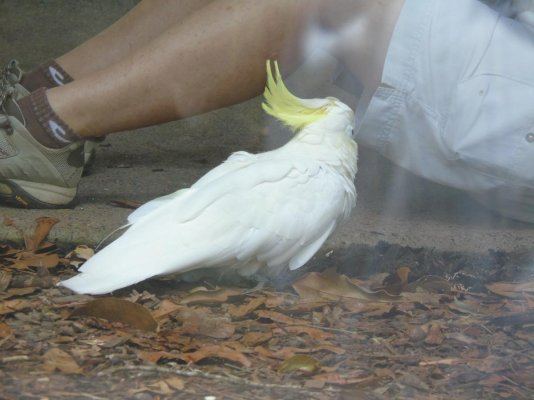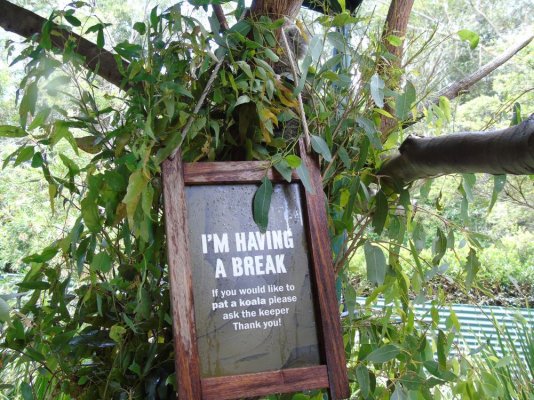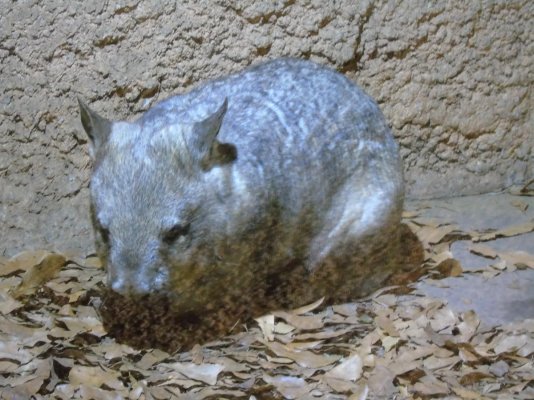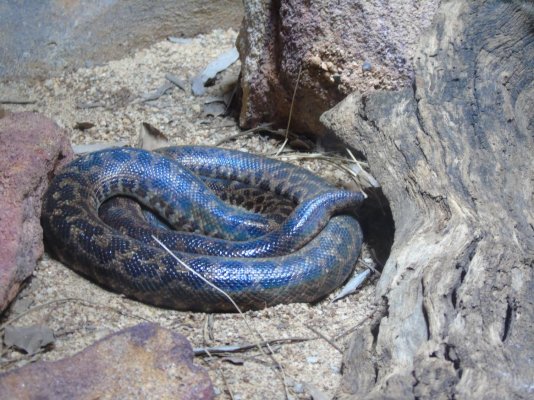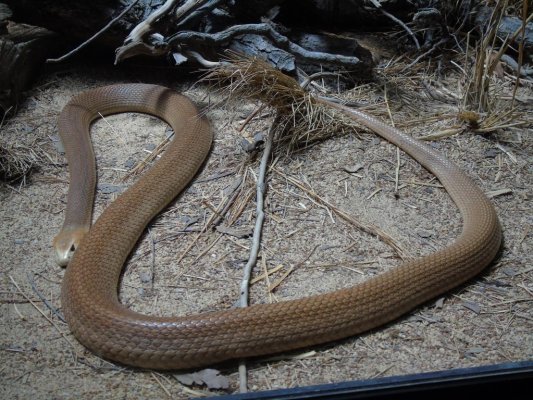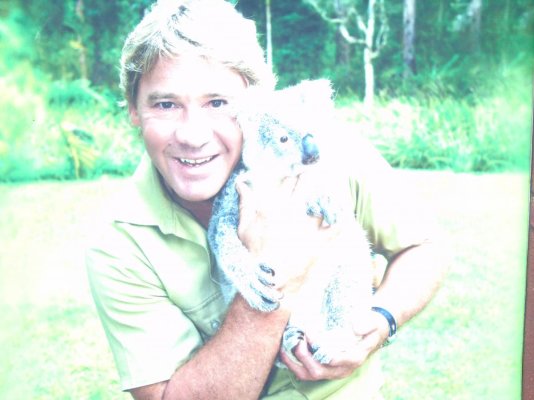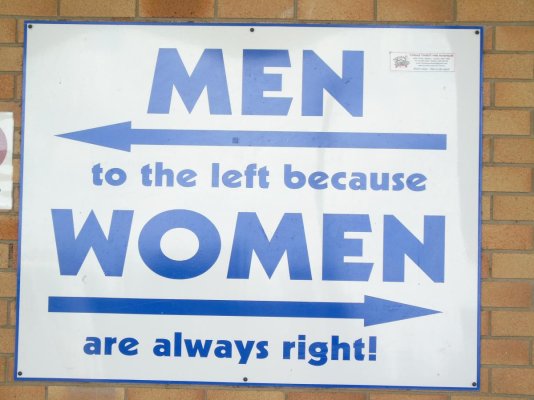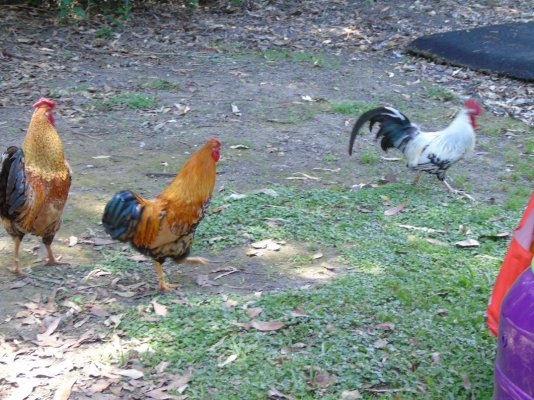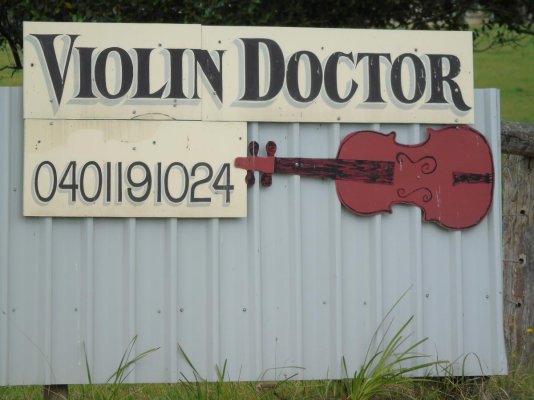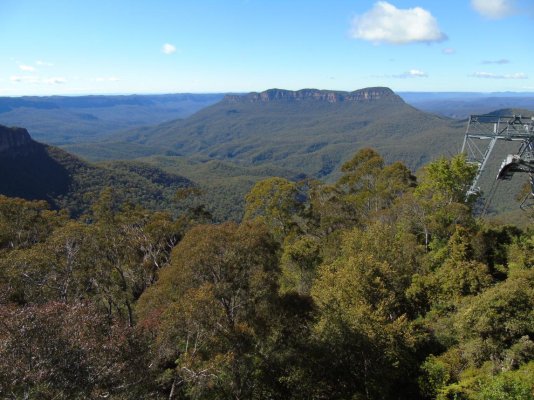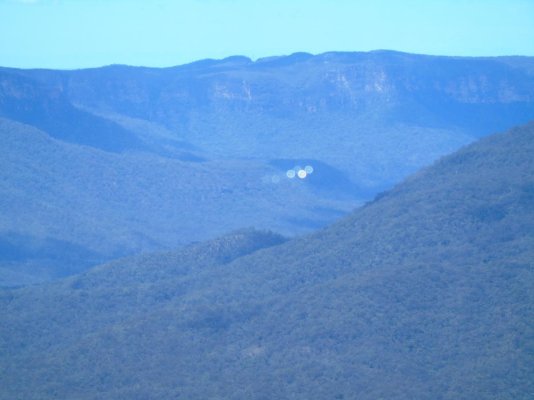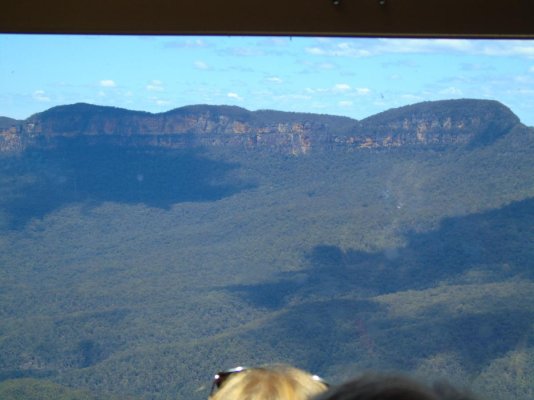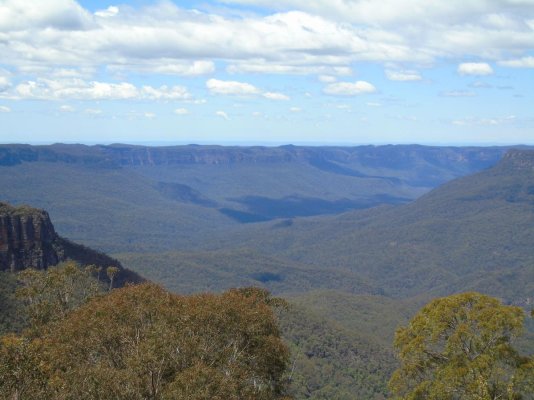Irish Rambler
Guru
- Joined
- Apr 29, 2014
- Messages
- 1,733
- Location
- FRANCE
- Vessel Name
- 'Snow Mouse.'
- Vessel Make
- BROOM FLYBRIDGE 42.
Thanks for the inside info on Wolf Blass Bruce, much appreciated.
One of my problems is there is so much to see and do here in Australia, you really must visit and see for yourself.
The people here are warm and friendly and with Australia being a young country, migrants from various parts of the world have brought with them their home cooking, coupled with the Australians hearty appetite, one things for sure you will surely not be hungry.
I tend to support family businesses as I come from that background and so it was that we visited a small vineyard just outside Canberra to see first hand what was on offer as we come near the end of our stay in Canberra. Of course with a different climate and blending techniques the wine obviously reflects that, the majority are cracking but I did taste a couple which were a cross between old socks and mouthwash, however I put that down to me having a juicy kangaroo steak with spicy vegetables for lunch.
One things for sure with all this gorgeous food I won't blow over in the wind !
Photo's.
1, 2, This is the interior of a Costco supermarket where you can buy everything from baby food.......... to a coffin !
That's what I call taking care of you from the cradle to the grave.
3, Our visit to the Lerida vineyard.
4, These tanks are to collect rainwater, water is a very precious commodity here and every effort is made to collect and use it in the most economical way.
5,The vines are here taller than in France, that's due to selecting the vines for easy harvesting and local wind conditions. As you can remember from the beginning of this thread the vines were being harvested when we left France, whilst here it's the beginning of spring.
In the background of this photo is the largest inland lake in this region at 386 square kilometres, the main body of the lake is at the far side and the nearer flat grassy plains acts as a catchment area and floods in times of heavy rainfall. Some people have lost their lives by camping on the plain, unable to get away quickly getting swamped and drowning during torrential rainfall. These plains are rented out to sheep farmers in stable weather conditions.
6, This cask storage area is turned into a dining room with a difference where a master chef prepares meals for its discerning customers, wine from the vineyard accompanies each course.
Because Canberra is the nations capital there's a lot of politicians and government employees, being just half an hours drive from Canberra many come to spend their generous allowances to graze here and at other similar establishments.
7, Alpaca Llama's.
These animals hate dogs. Uncontrolled dogs worry sheep and kill lambs. There are many sheep farms in Australia and the farmers put 3 or 4 of these Alpaca Llama's in along with the herd, being taller than the sheep they can see over the herd and spot a dog easily and will attack and drive it off. The by-product is that they are also shorn and their wool is highly prized by artisans.
As a young boy I used to shear our own farms sheep with what's called 'The Bowen' method which originated in Australia. The sheep was caught and turned over to sit on it's bum with it's back resting against, and gripped by your legs. First it's toe nails were clipped, being on grass they didn't wear down and could grow long and hurt the sheep. That done, using clippers we sheared in a line from the throat to the crutch, then outwards in a sweeping motion, easing the sheep forward, then down it's back finishing with the tail and the sheep was then released.
The fleece was laid outer side down flat on the ground, the leg shapes were folded in and then from the head portion, rolled tightly, the tail wool was twisted to form a rope to tie the bundle together. Small yellow flakes are to be found between the sheep's body and it's woo these are pure lanolin, these help to keep the fleece waterproof this is highly prized for use in cosmetics. As a farmer at shearing time our hands would be soft and supple from this lanolin.
Incidentally cats are a major pest here with an estimated 23 million feral cats, 22 species of rare bird have been lost to feral cats.
One of my problems is there is so much to see and do here in Australia, you really must visit and see for yourself.
The people here are warm and friendly and with Australia being a young country, migrants from various parts of the world have brought with them their home cooking, coupled with the Australians hearty appetite, one things for sure you will surely not be hungry.
I tend to support family businesses as I come from that background and so it was that we visited a small vineyard just outside Canberra to see first hand what was on offer as we come near the end of our stay in Canberra. Of course with a different climate and blending techniques the wine obviously reflects that, the majority are cracking but I did taste a couple which were a cross between old socks and mouthwash, however I put that down to me having a juicy kangaroo steak with spicy vegetables for lunch.
One things for sure with all this gorgeous food I won't blow over in the wind !
Photo's.
1, 2, This is the interior of a Costco supermarket where you can buy everything from baby food.......... to a coffin !
That's what I call taking care of you from the cradle to the grave.
3, Our visit to the Lerida vineyard.
4, These tanks are to collect rainwater, water is a very precious commodity here and every effort is made to collect and use it in the most economical way.
5,The vines are here taller than in France, that's due to selecting the vines for easy harvesting and local wind conditions. As you can remember from the beginning of this thread the vines were being harvested when we left France, whilst here it's the beginning of spring.
In the background of this photo is the largest inland lake in this region at 386 square kilometres, the main body of the lake is at the far side and the nearer flat grassy plains acts as a catchment area and floods in times of heavy rainfall. Some people have lost their lives by camping on the plain, unable to get away quickly getting swamped and drowning during torrential rainfall. These plains are rented out to sheep farmers in stable weather conditions.
6, This cask storage area is turned into a dining room with a difference where a master chef prepares meals for its discerning customers, wine from the vineyard accompanies each course.
Because Canberra is the nations capital there's a lot of politicians and government employees, being just half an hours drive from Canberra many come to spend their generous allowances to graze here and at other similar establishments.
7, Alpaca Llama's.
These animals hate dogs. Uncontrolled dogs worry sheep and kill lambs. There are many sheep farms in Australia and the farmers put 3 or 4 of these Alpaca Llama's in along with the herd, being taller than the sheep they can see over the herd and spot a dog easily and will attack and drive it off. The by-product is that they are also shorn and their wool is highly prized by artisans.
As a young boy I used to shear our own farms sheep with what's called 'The Bowen' method which originated in Australia. The sheep was caught and turned over to sit on it's bum with it's back resting against, and gripped by your legs. First it's toe nails were clipped, being on grass they didn't wear down and could grow long and hurt the sheep. That done, using clippers we sheared in a line from the throat to the crutch, then outwards in a sweeping motion, easing the sheep forward, then down it's back finishing with the tail and the sheep was then released.
The fleece was laid outer side down flat on the ground, the leg shapes were folded in and then from the head portion, rolled tightly, the tail wool was twisted to form a rope to tie the bundle together. Small yellow flakes are to be found between the sheep's body and it's woo these are pure lanolin, these help to keep the fleece waterproof this is highly prized for use in cosmetics. As a farmer at shearing time our hands would be soft and supple from this lanolin.
Incidentally cats are a major pest here with an estimated 23 million feral cats, 22 species of rare bird have been lost to feral cats.
Attachments
Last edited:

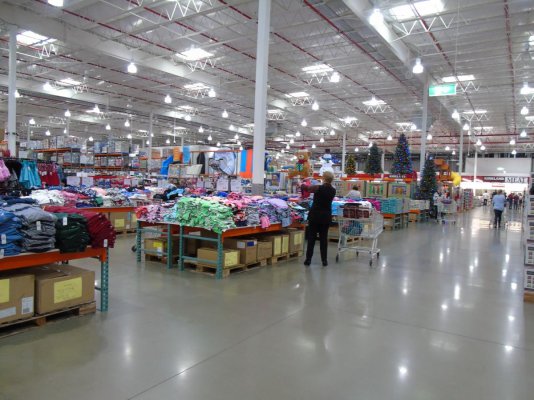
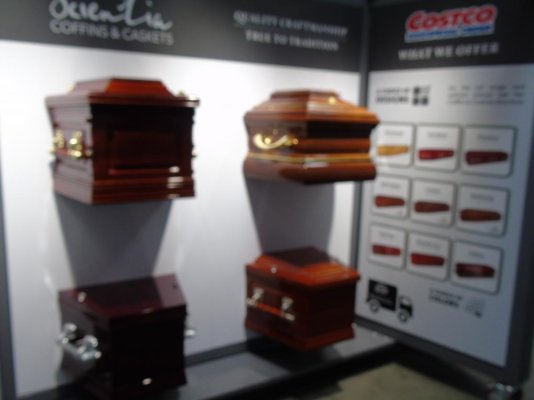
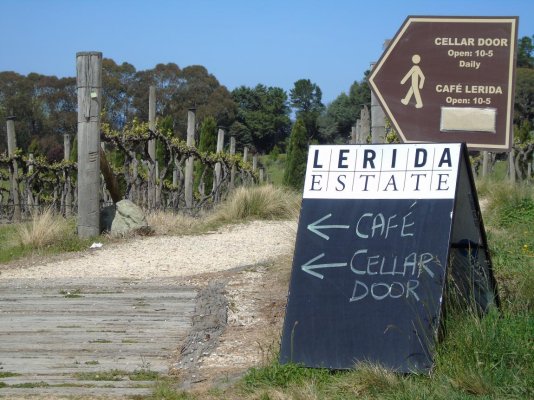
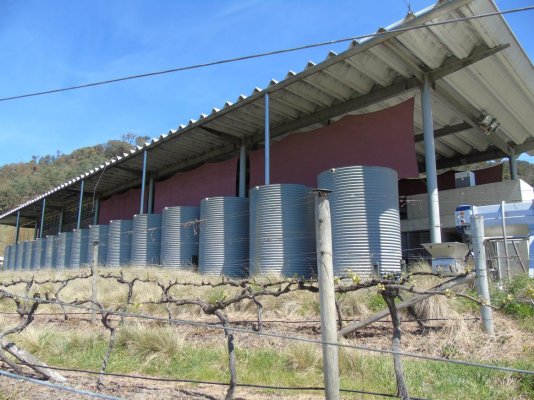
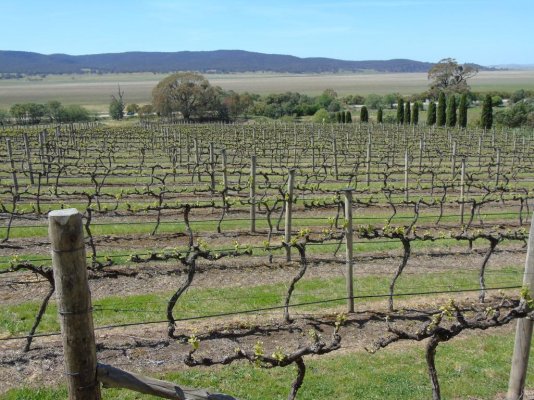
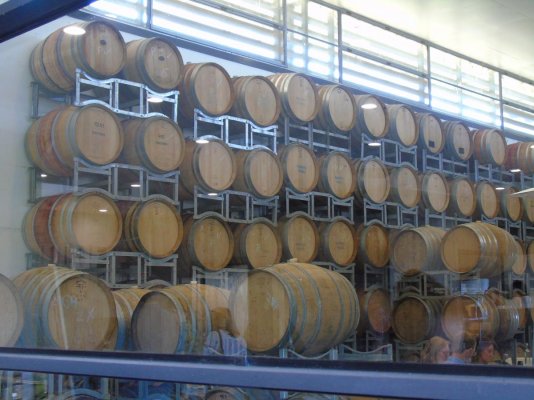
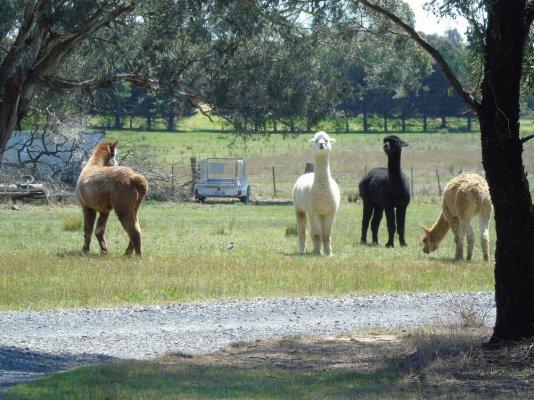
![map-of-australia-Download-Royalty-free-Vector-File-EPS-230550[1]_LI.jpg](/data/attachments/63/63446-0ee680c859699aadf6a8f6b552f0540f.jpg)
